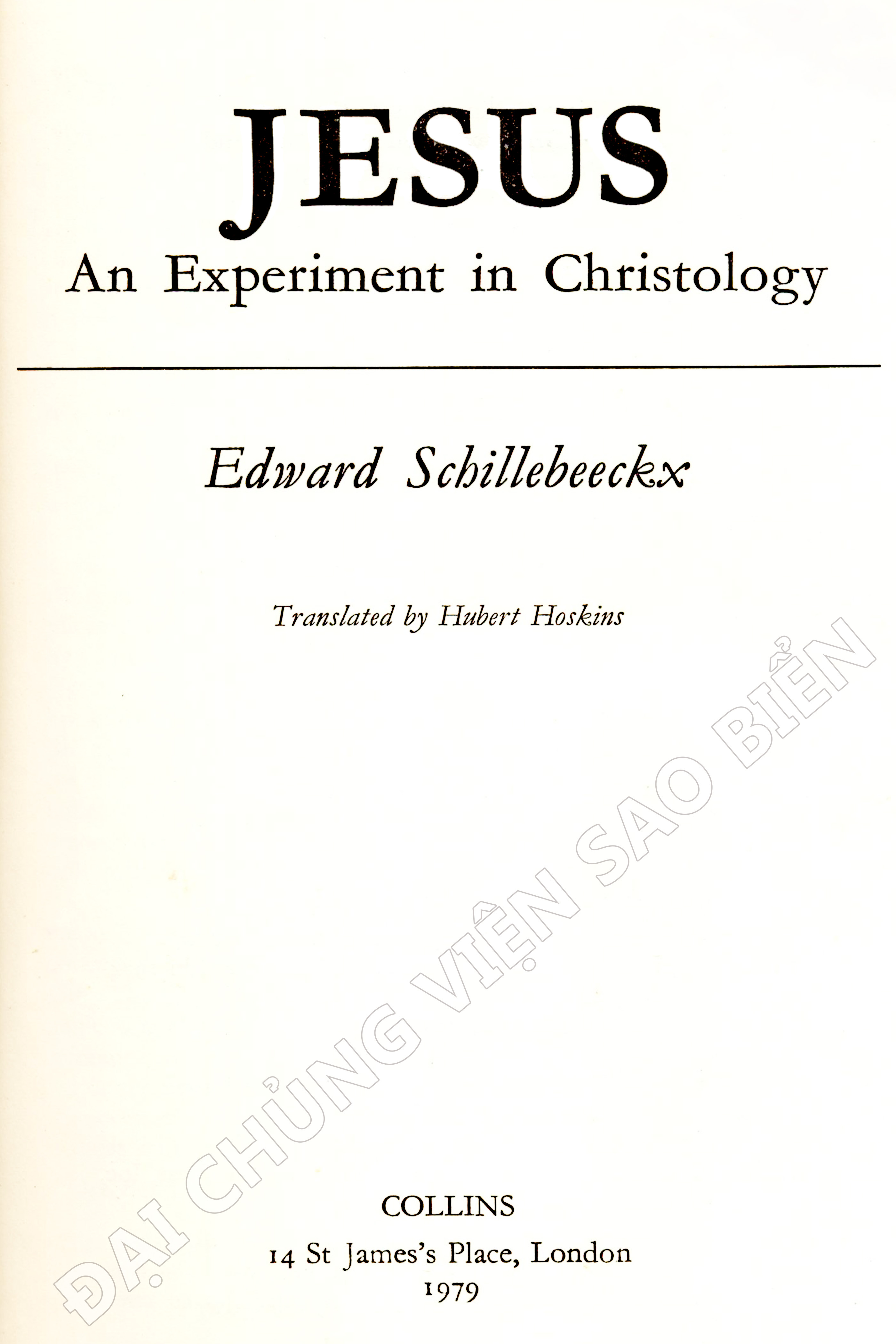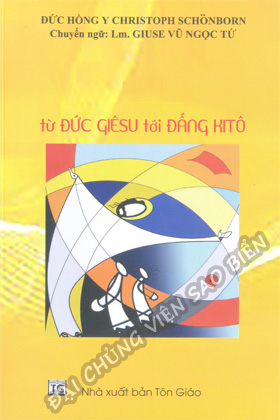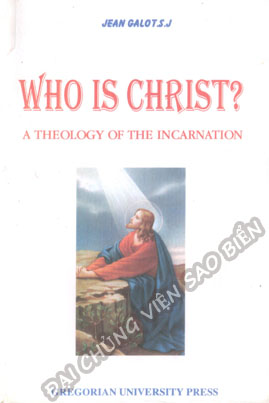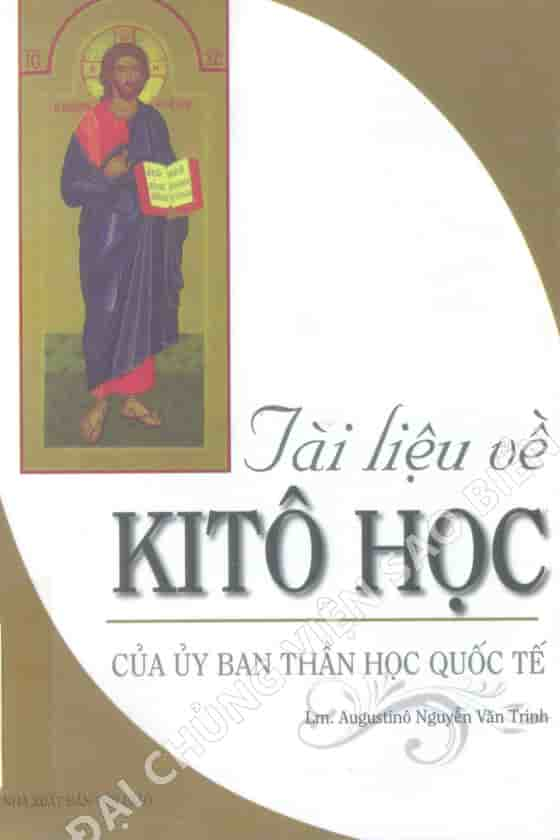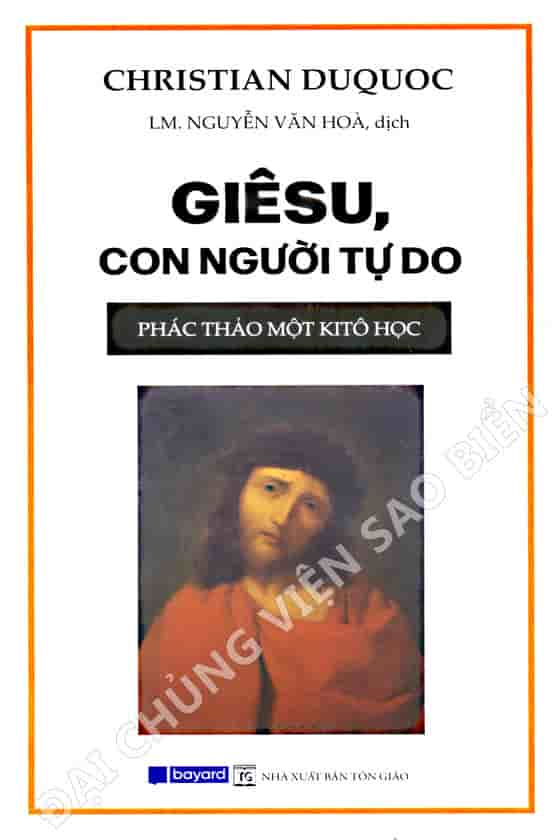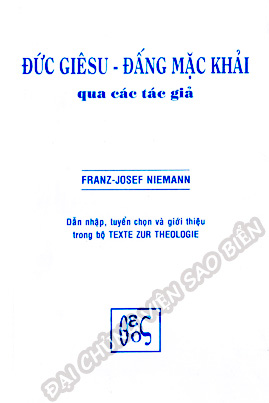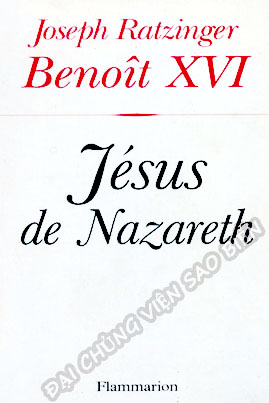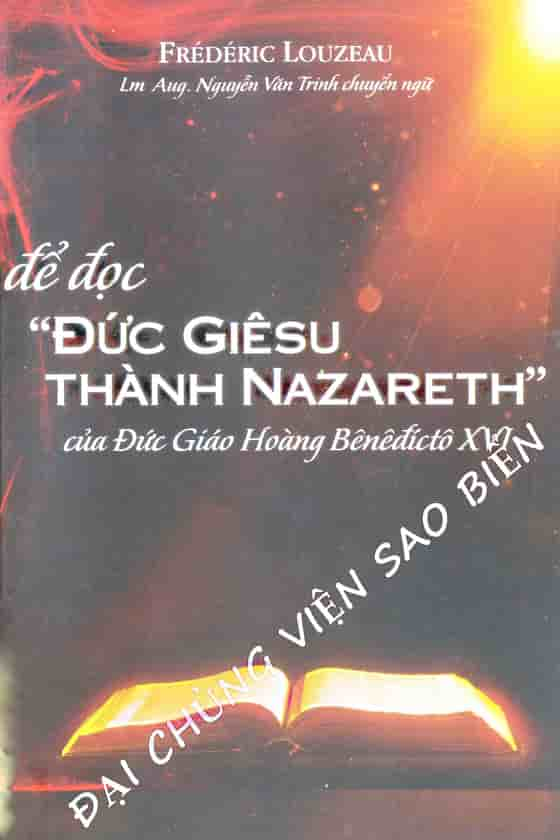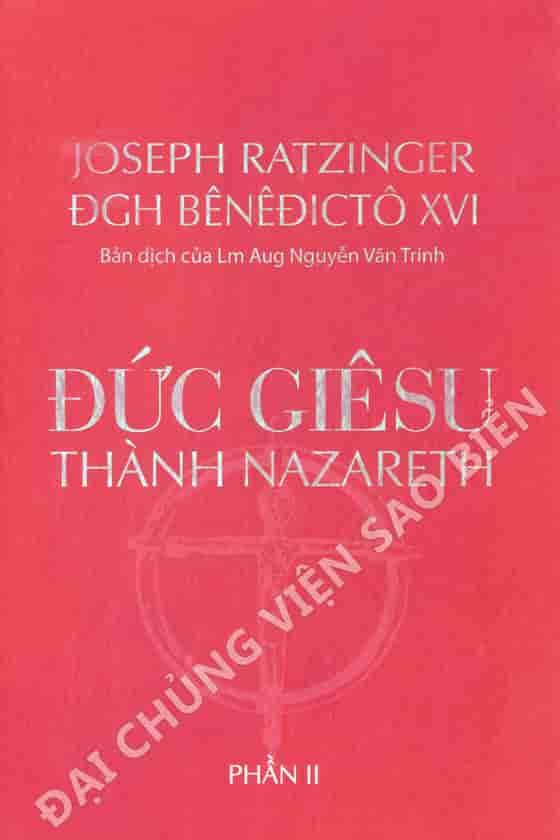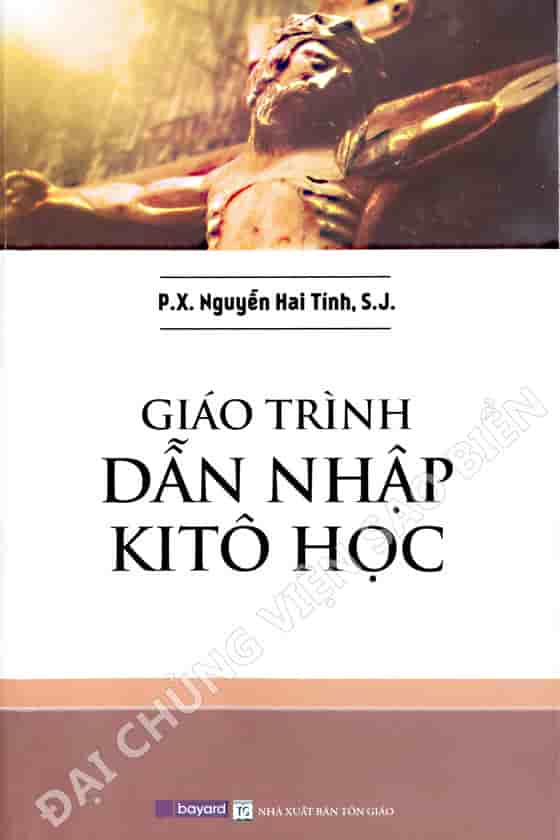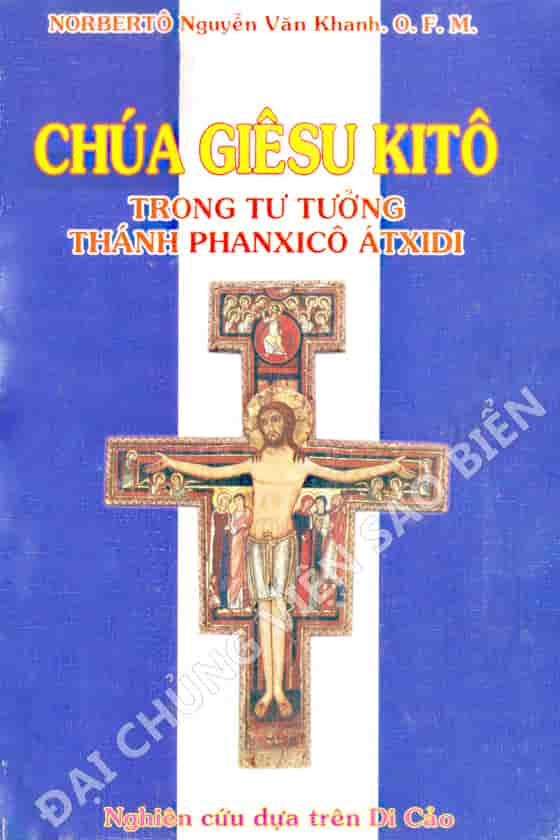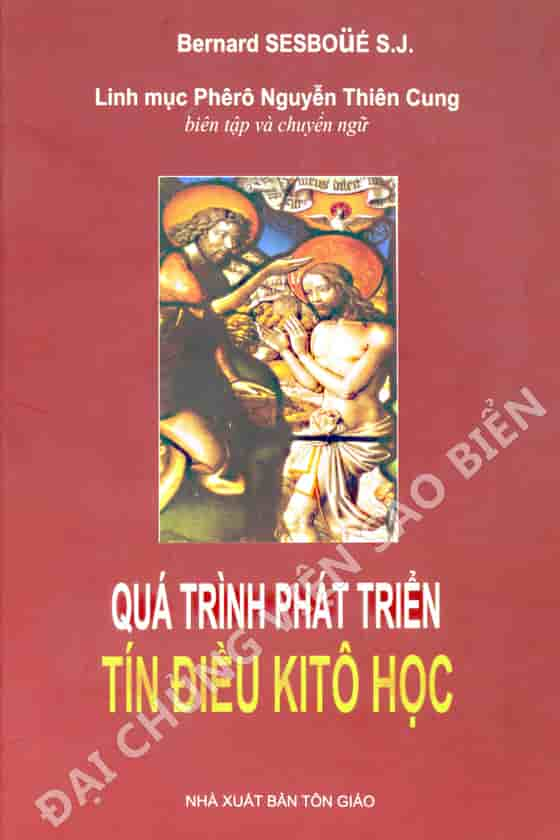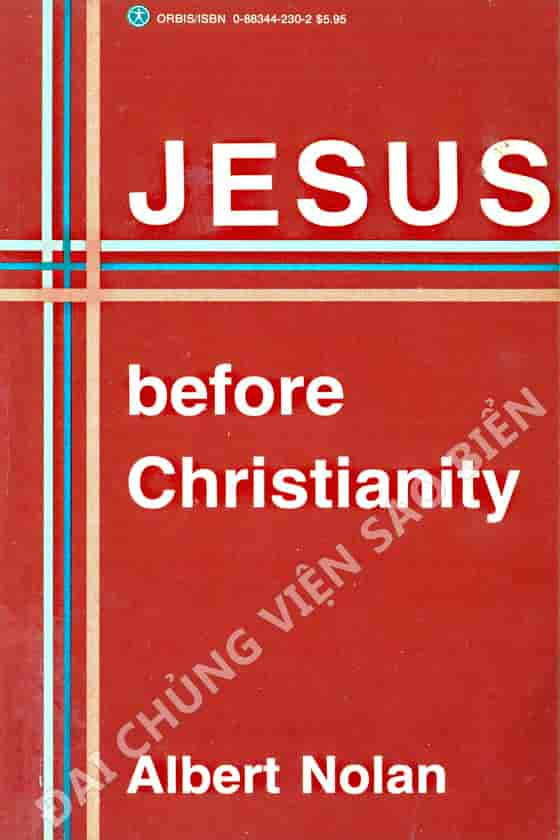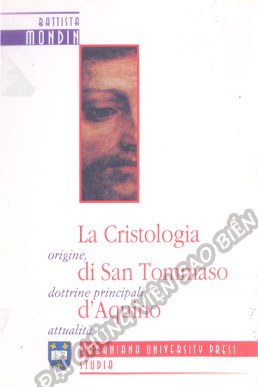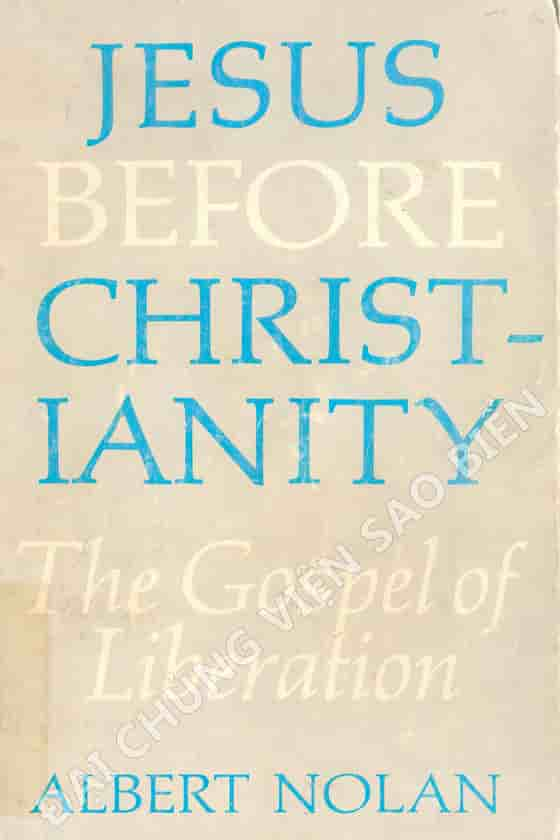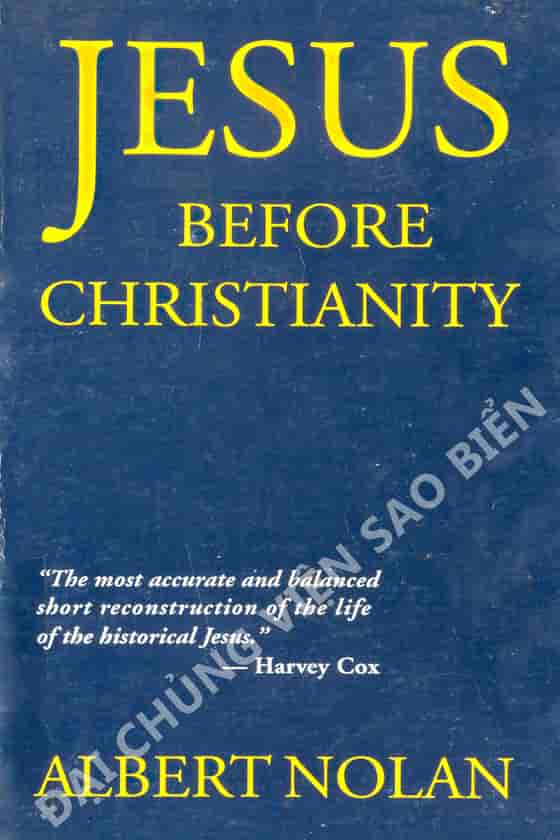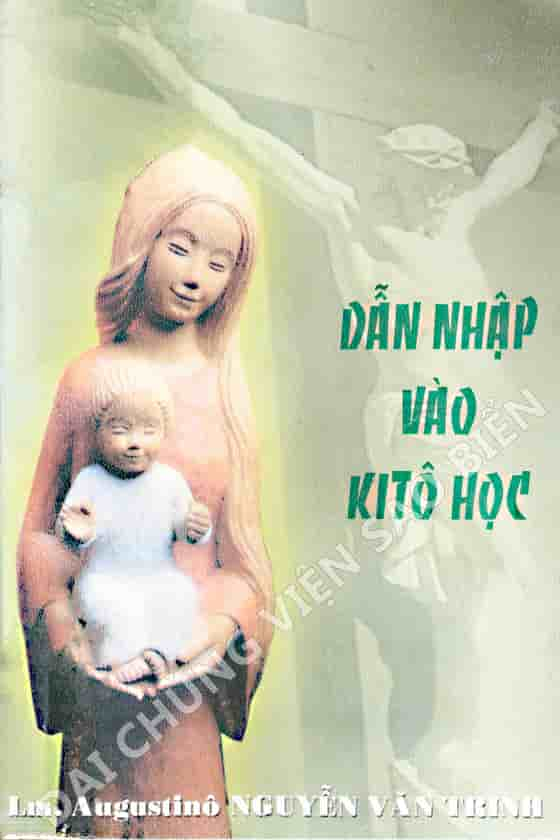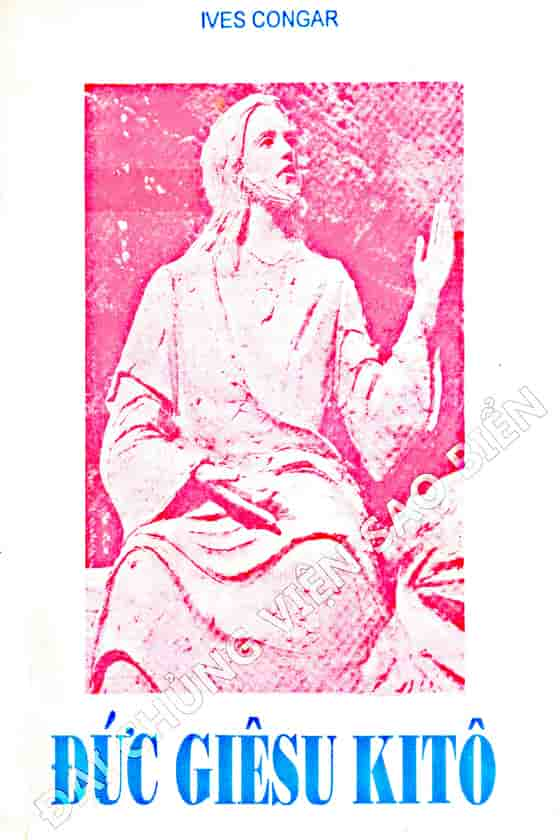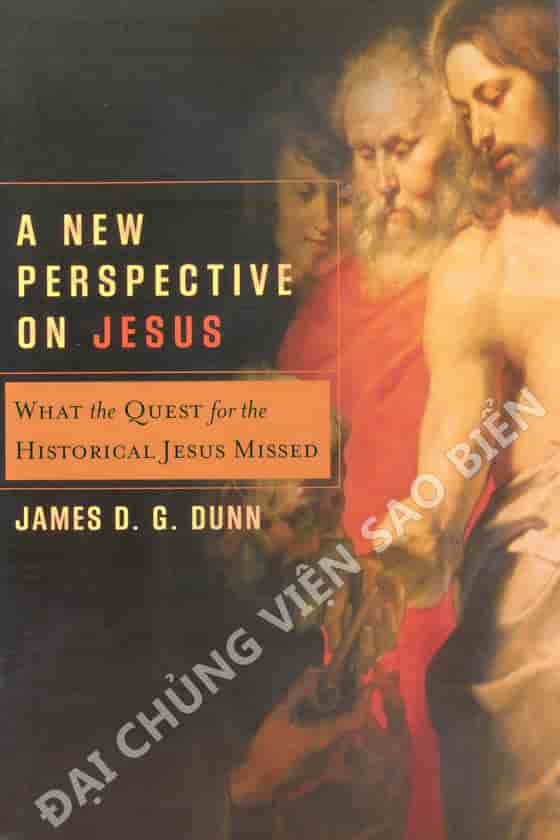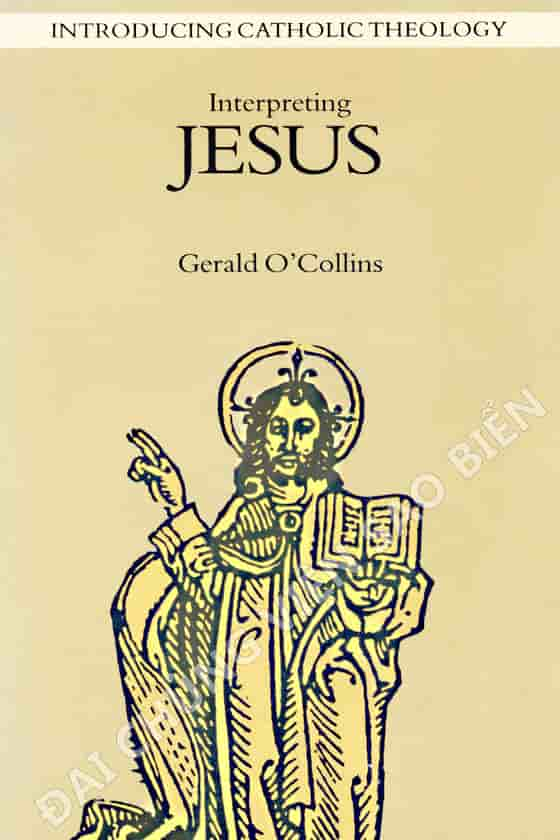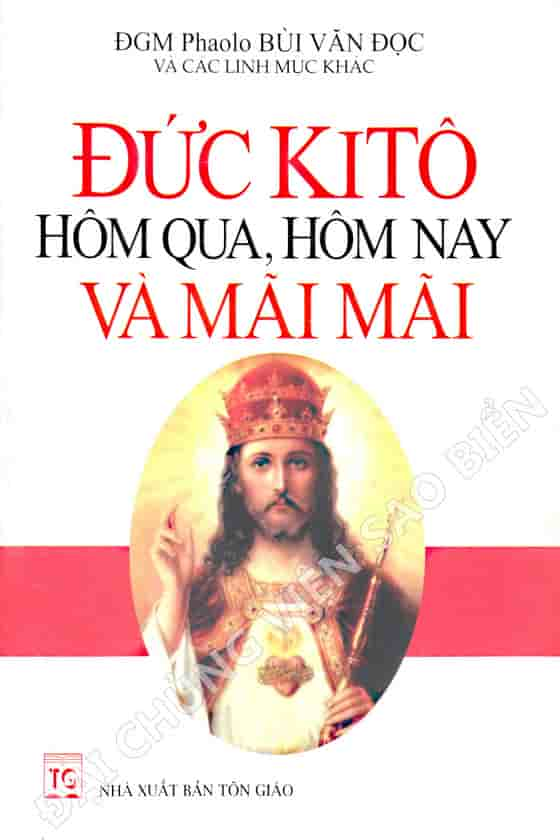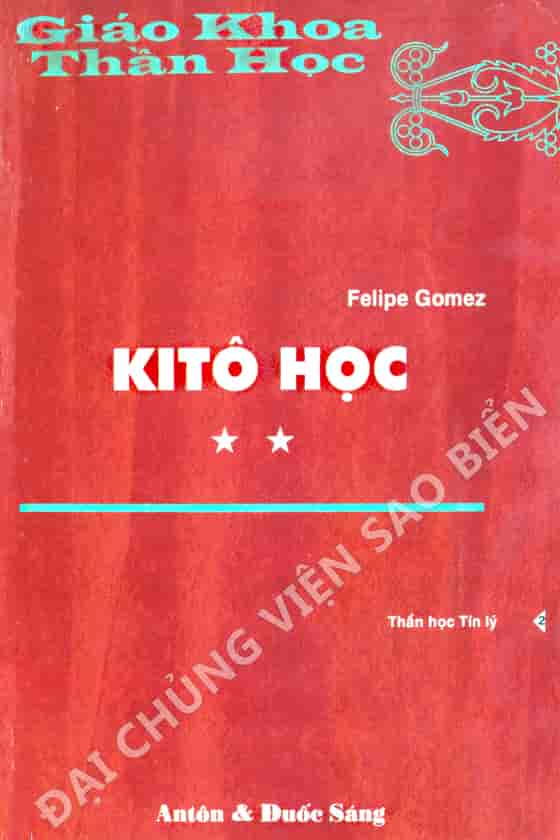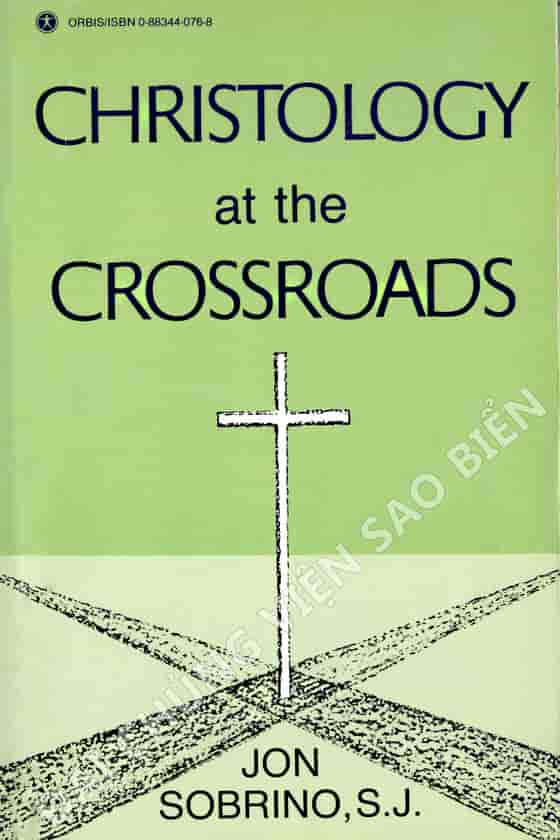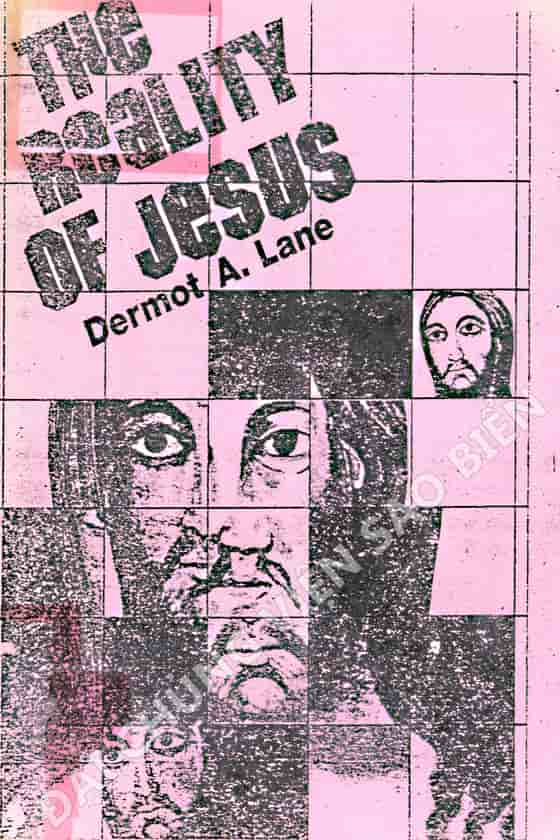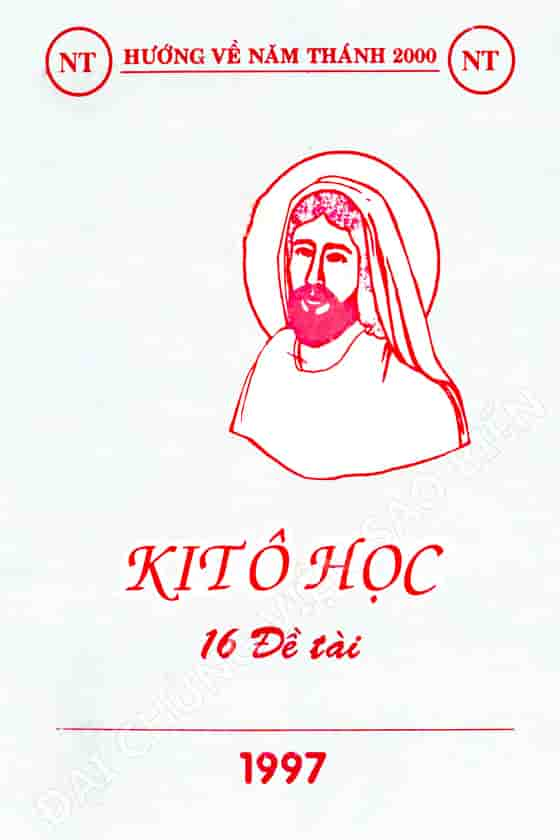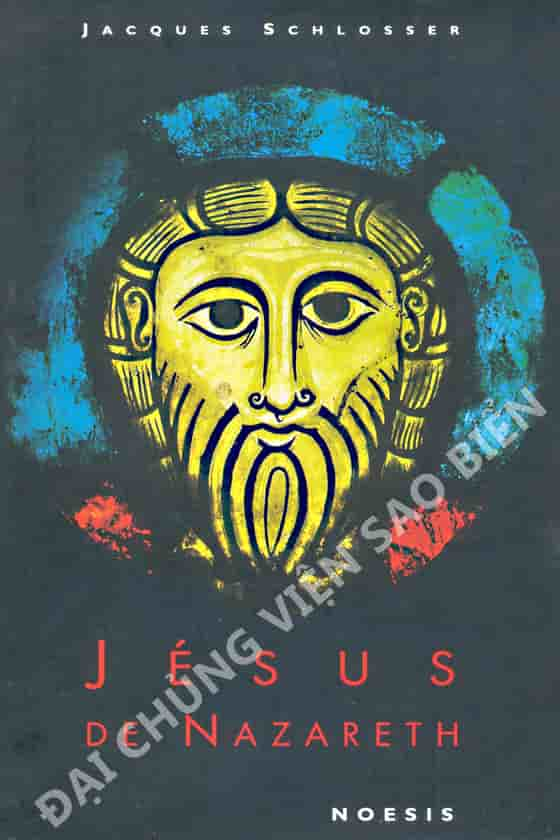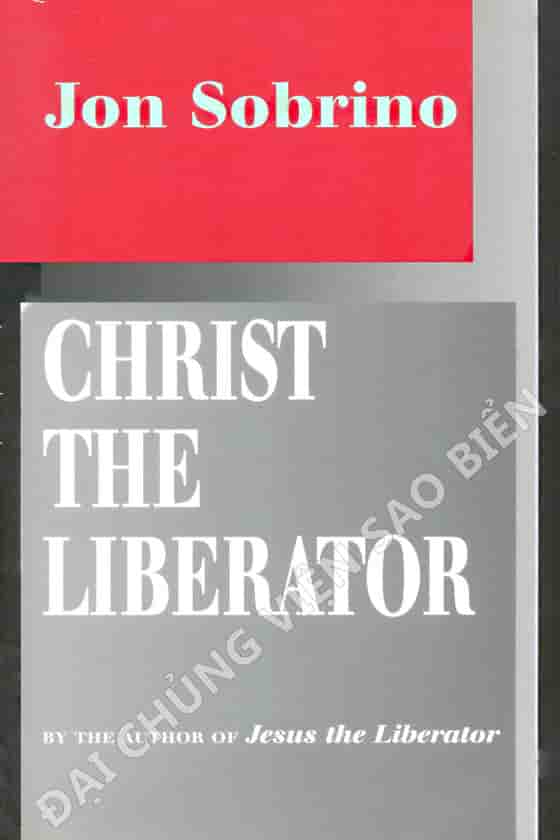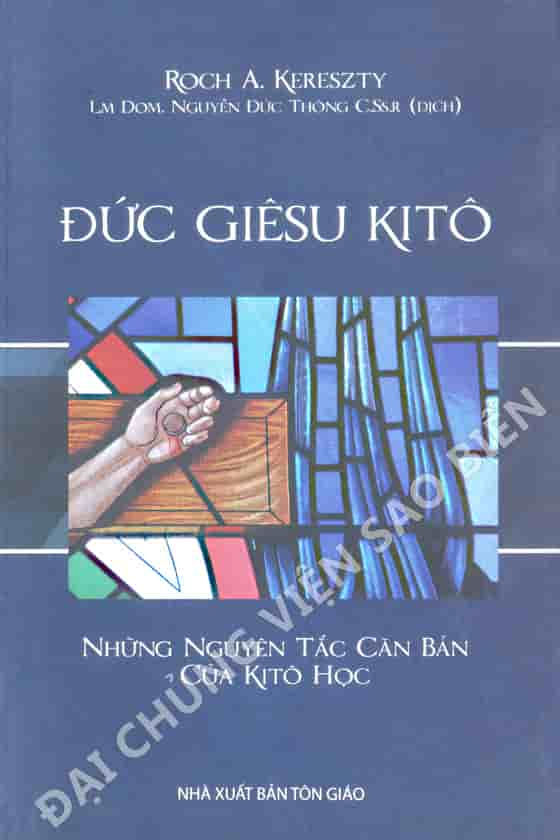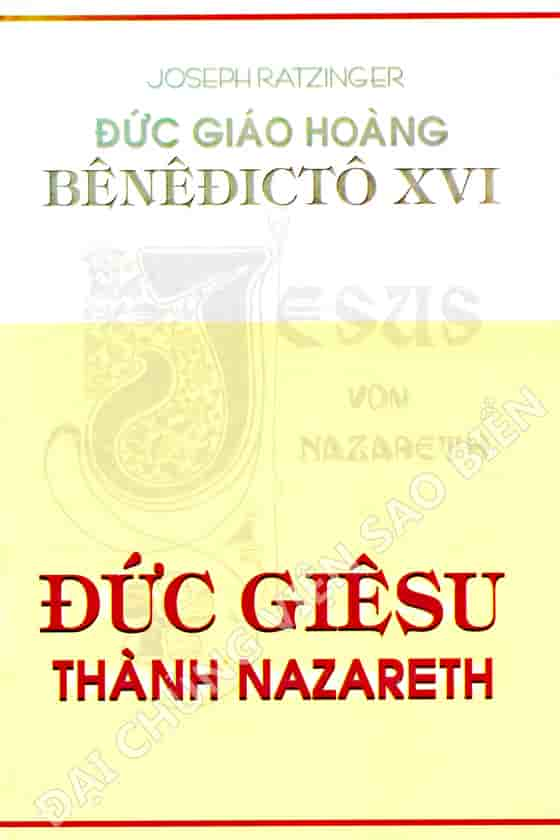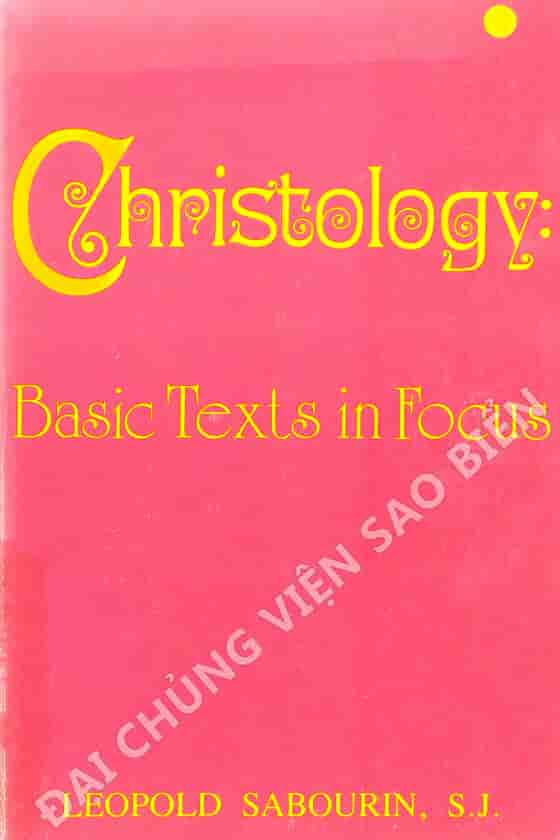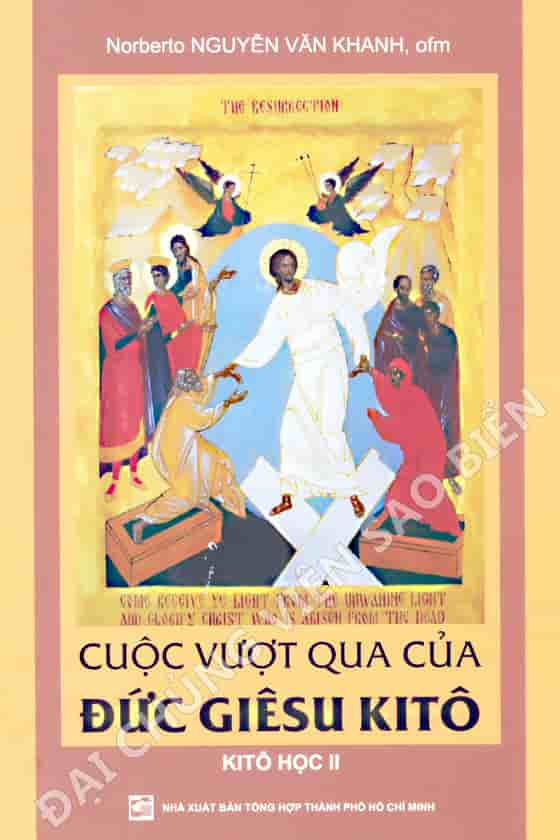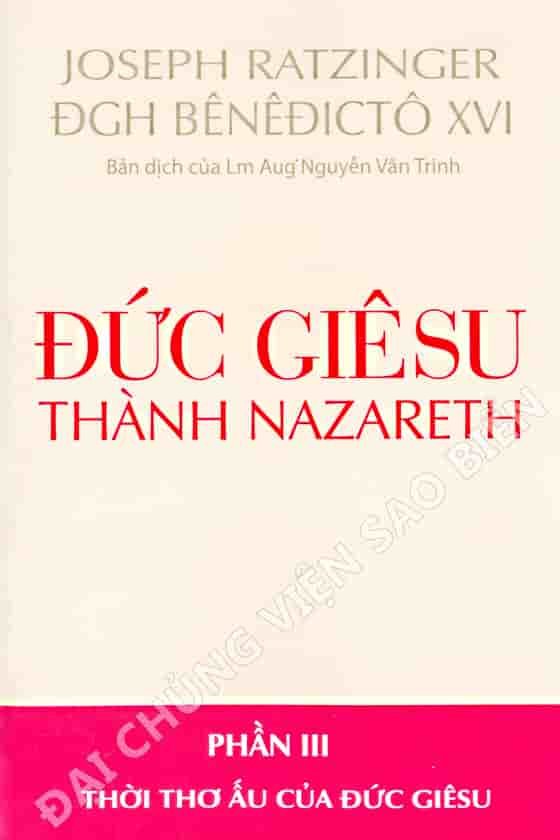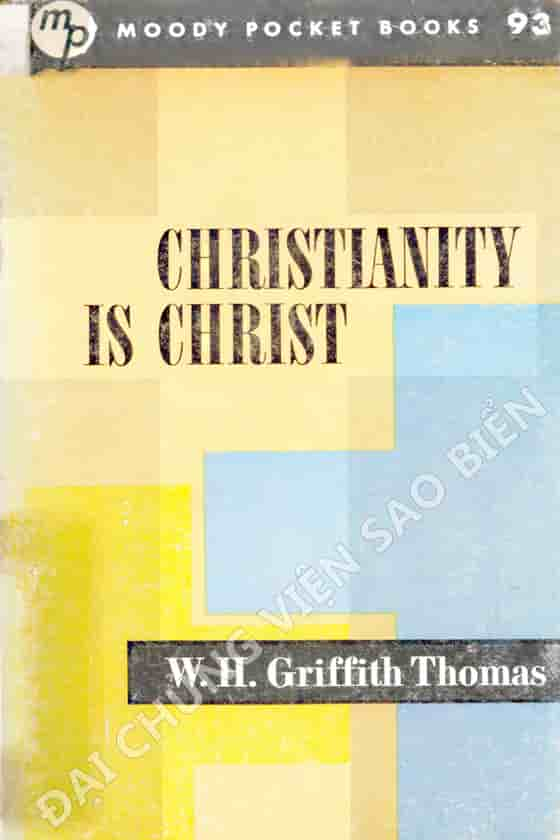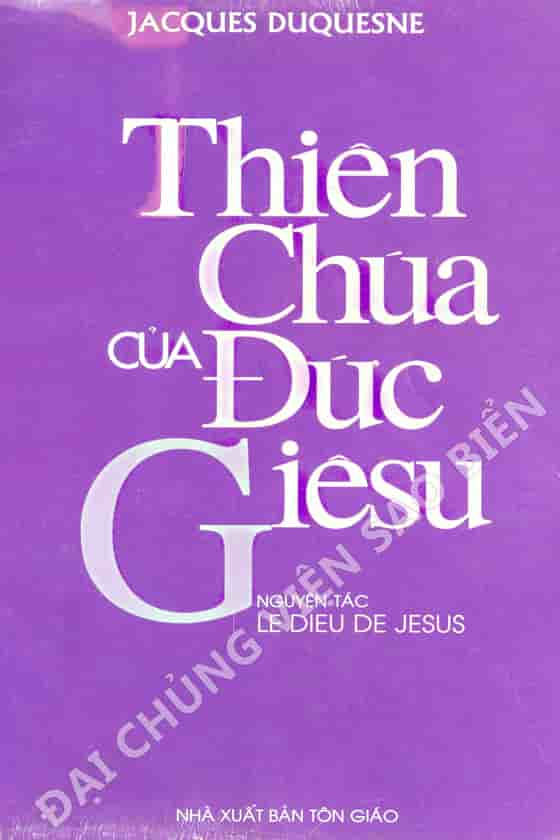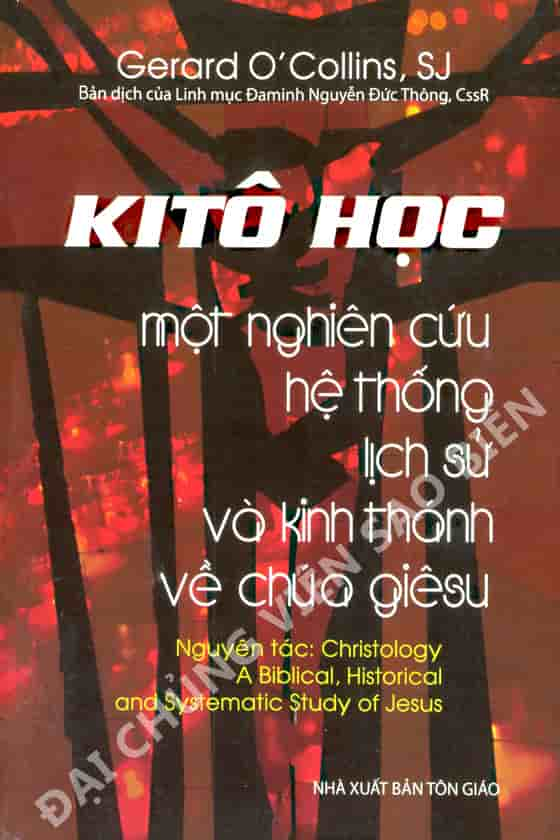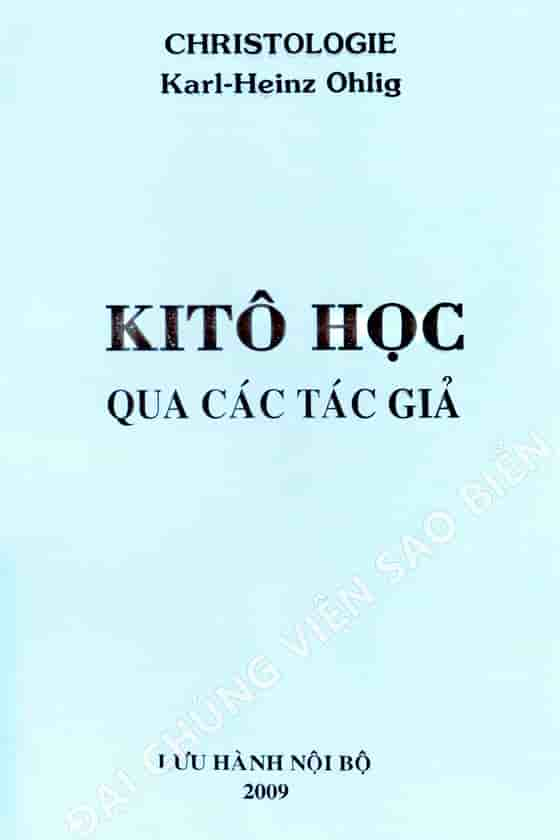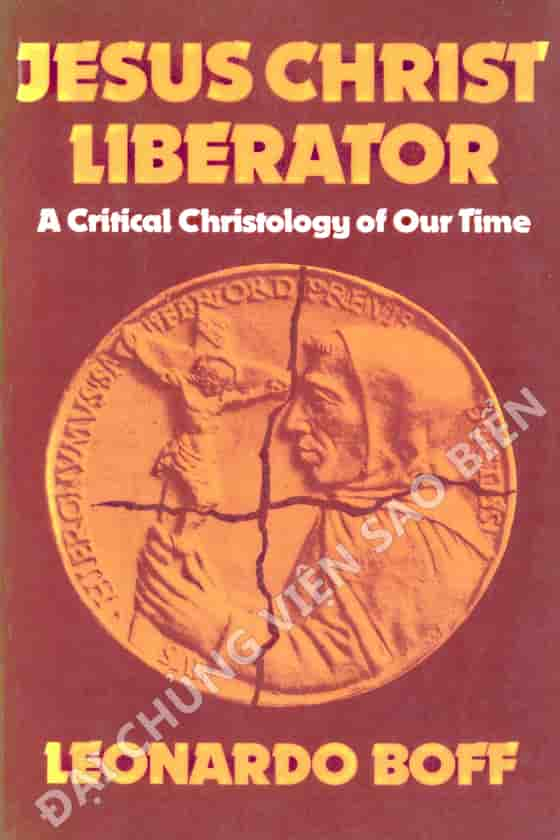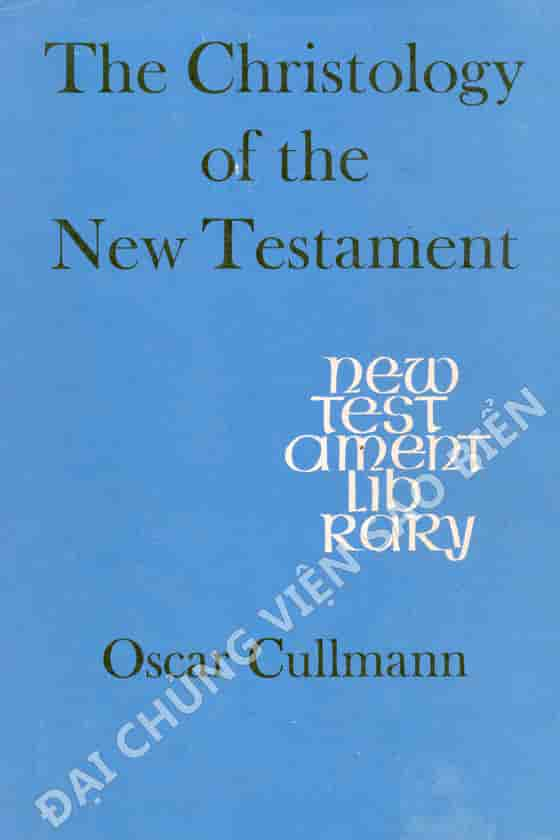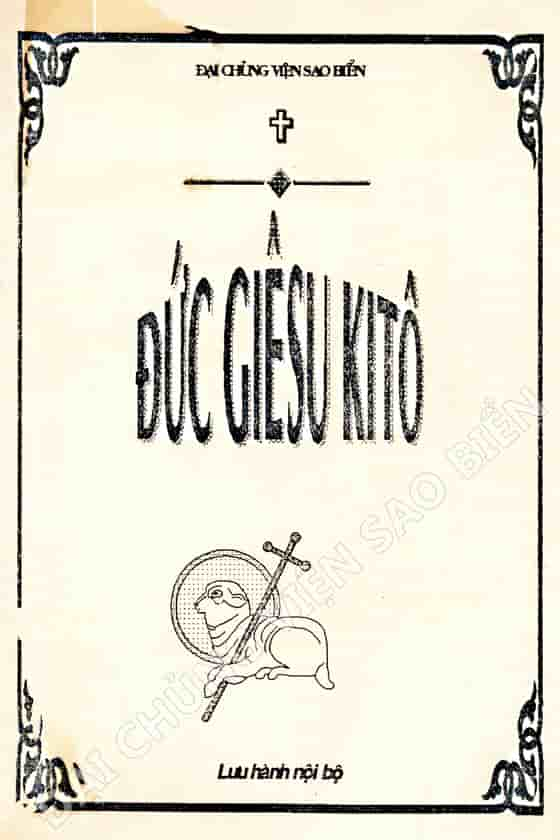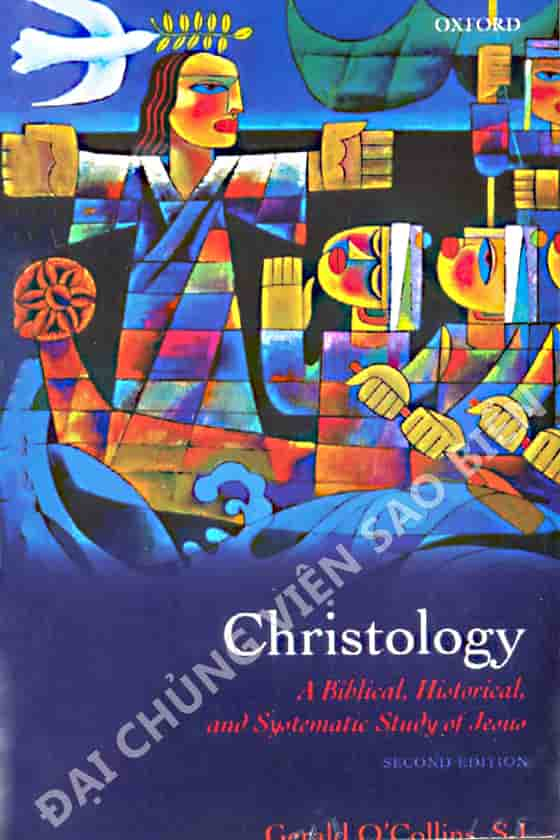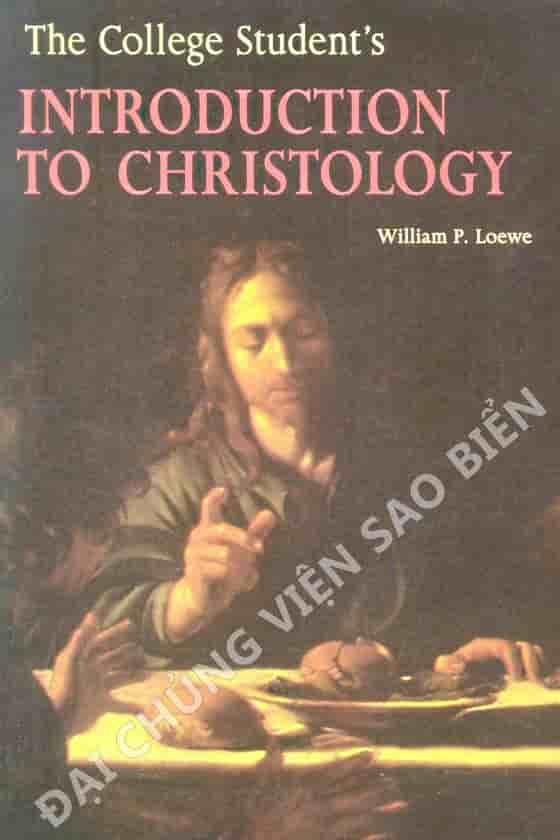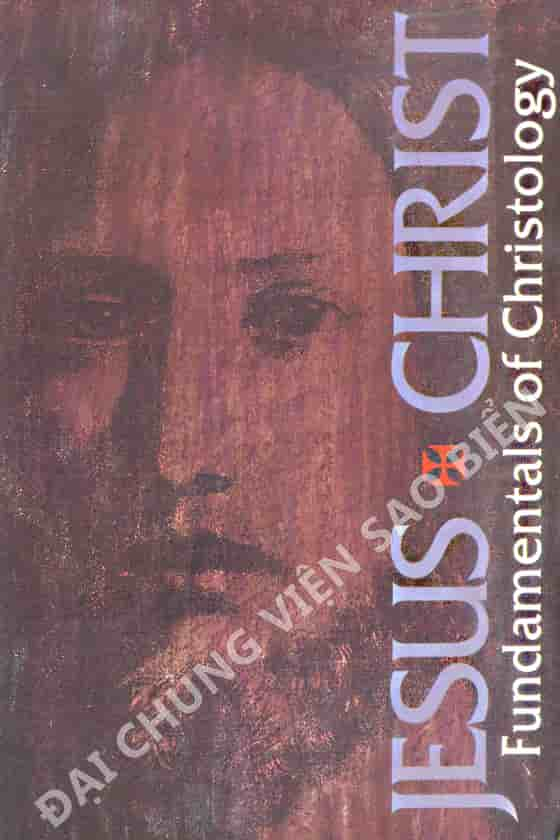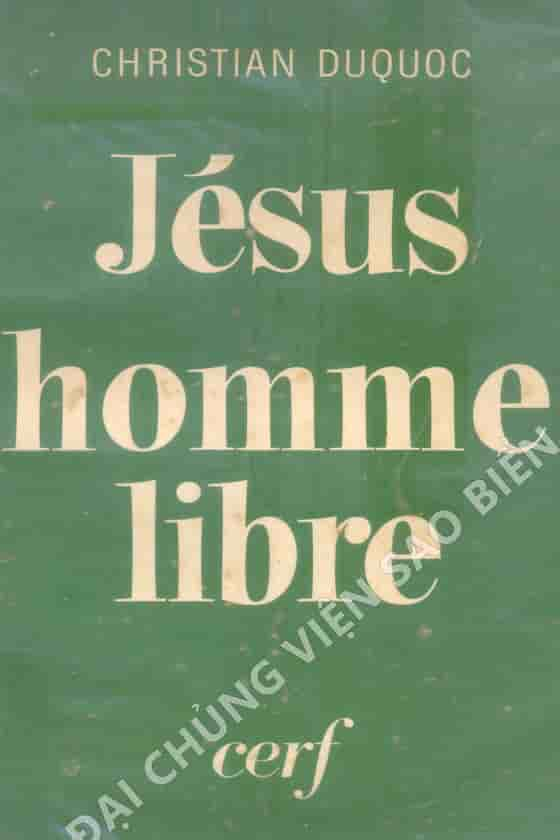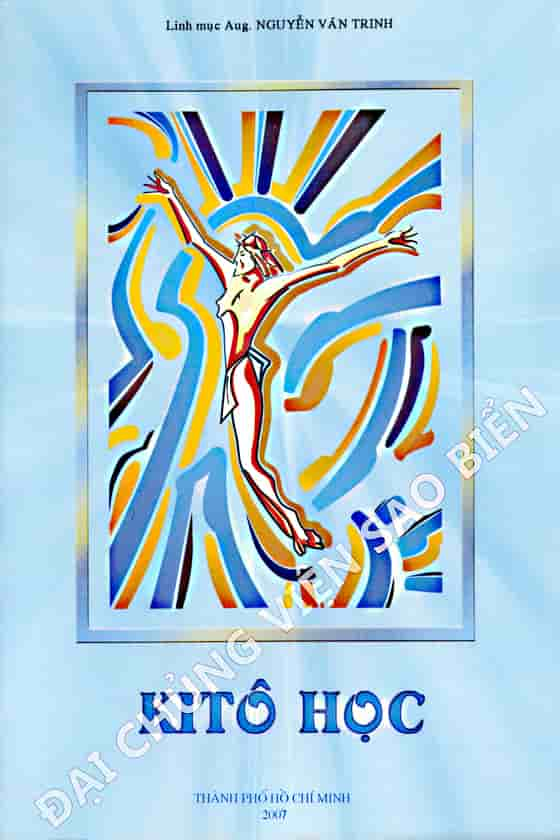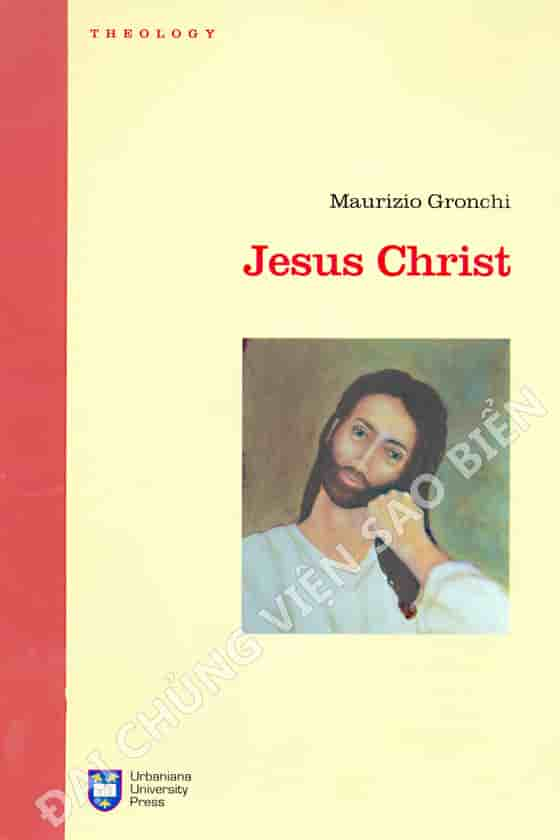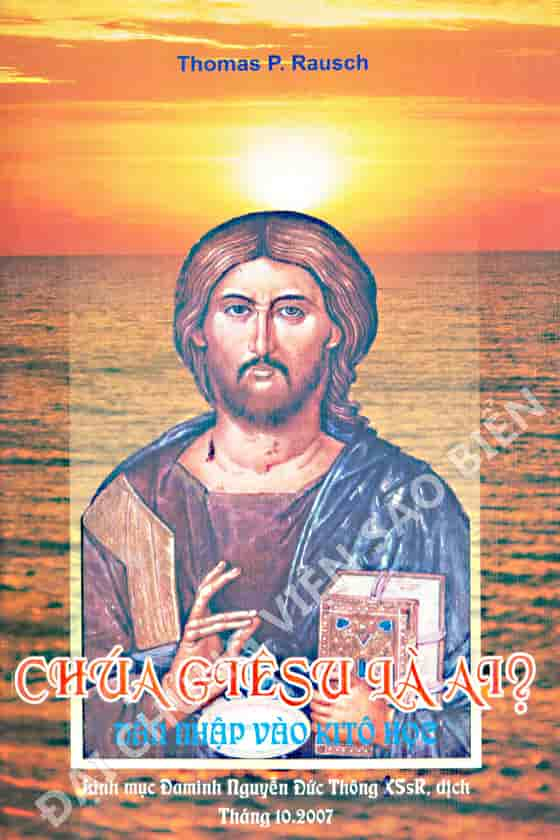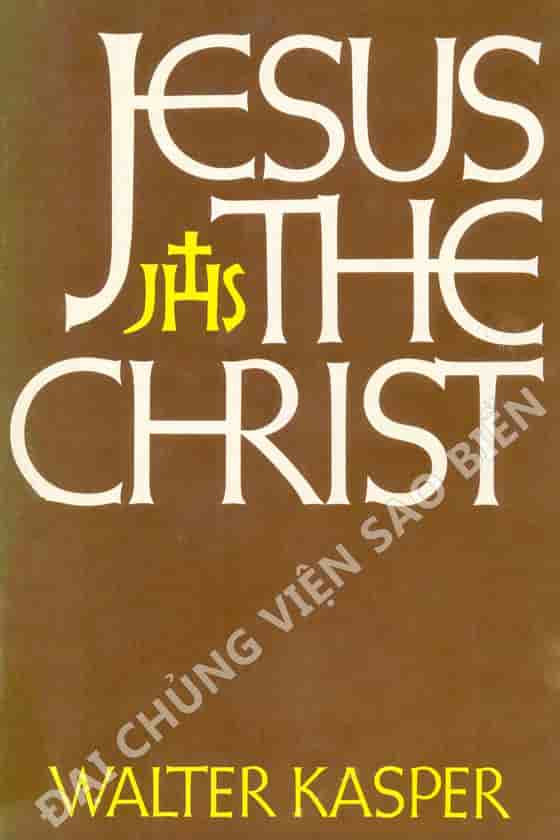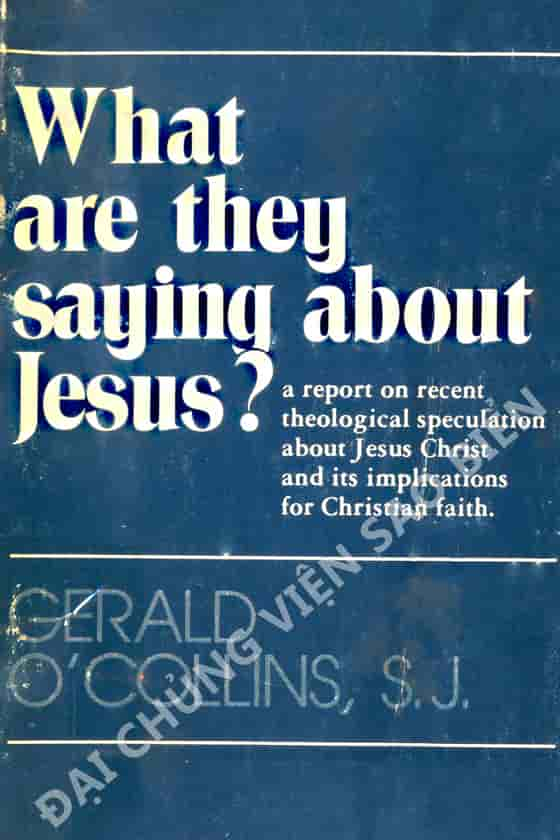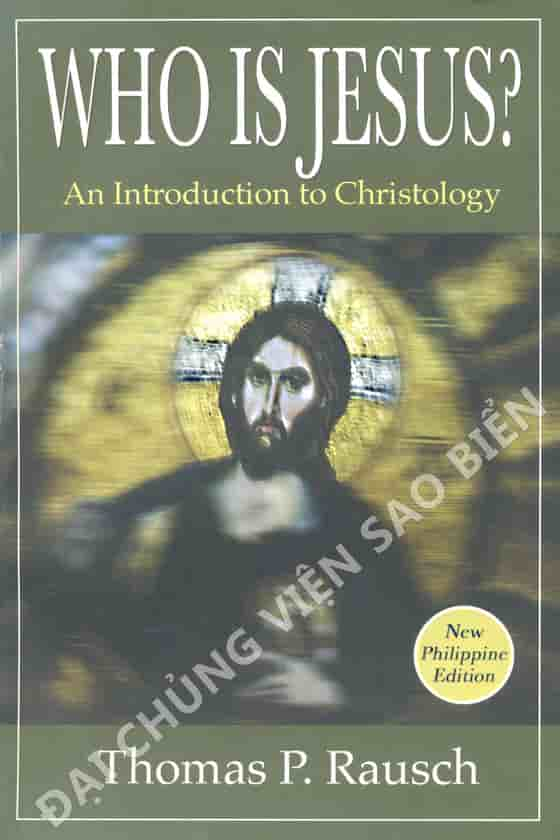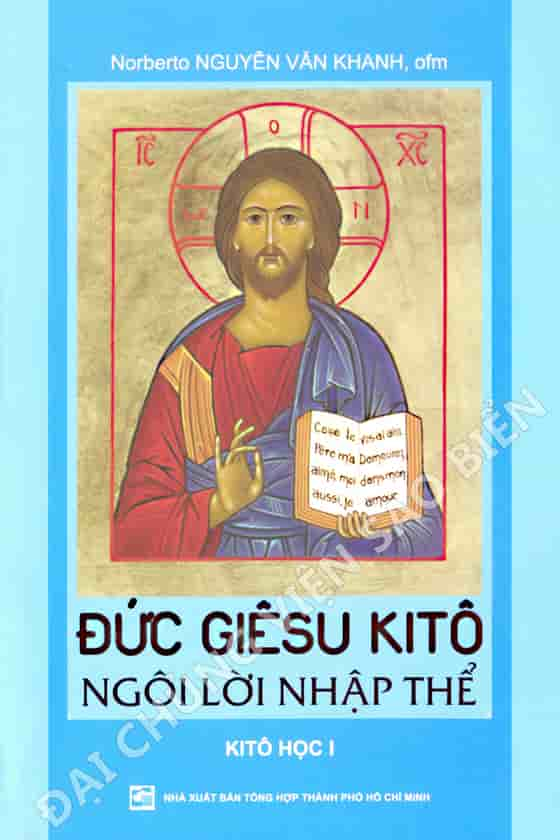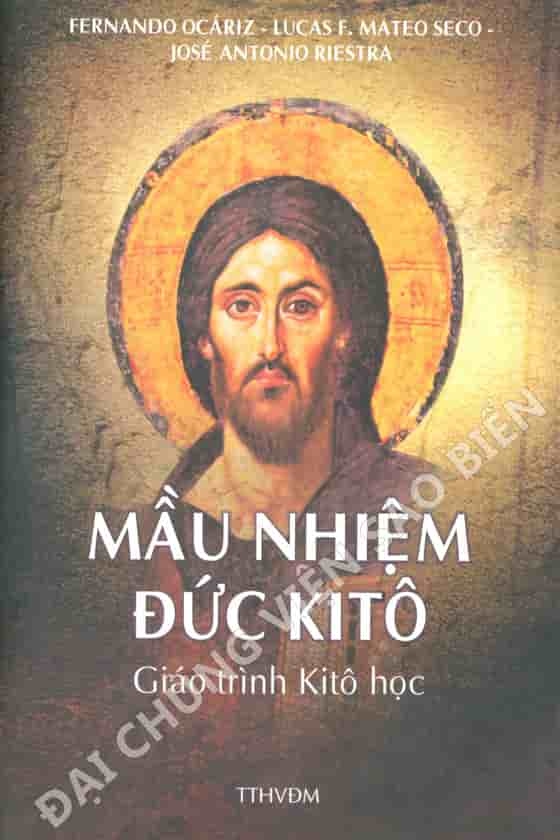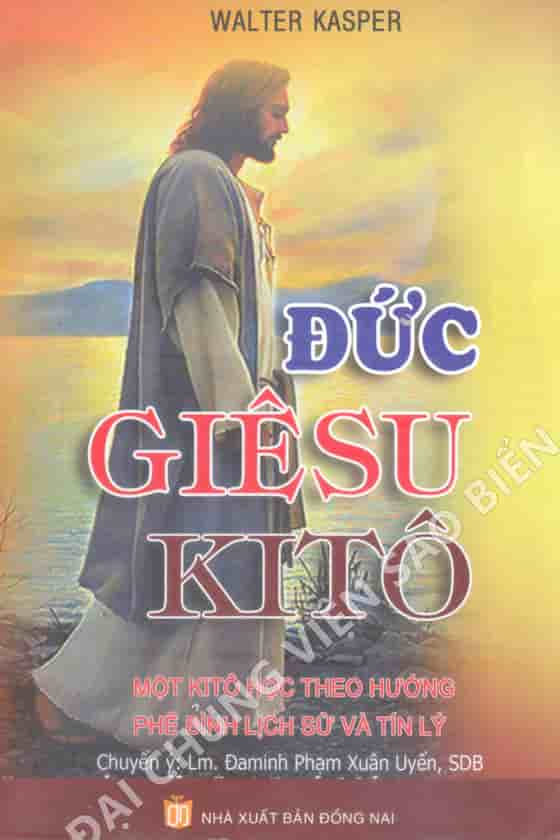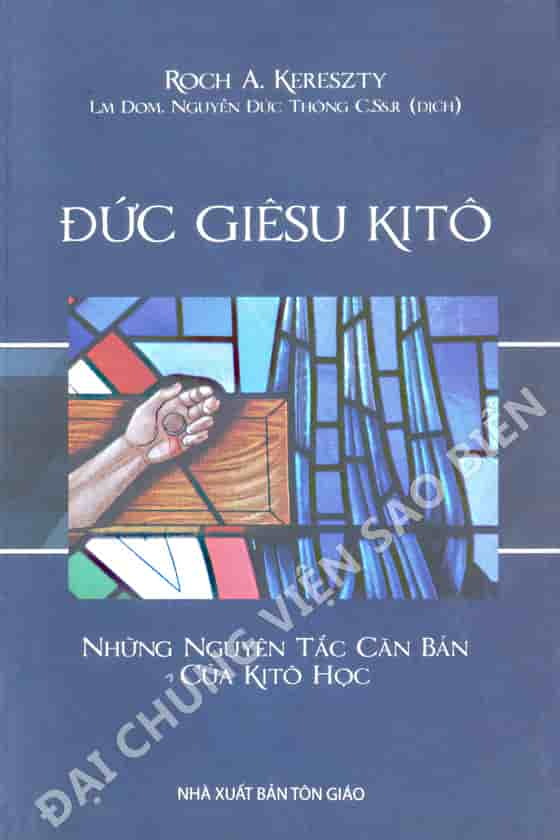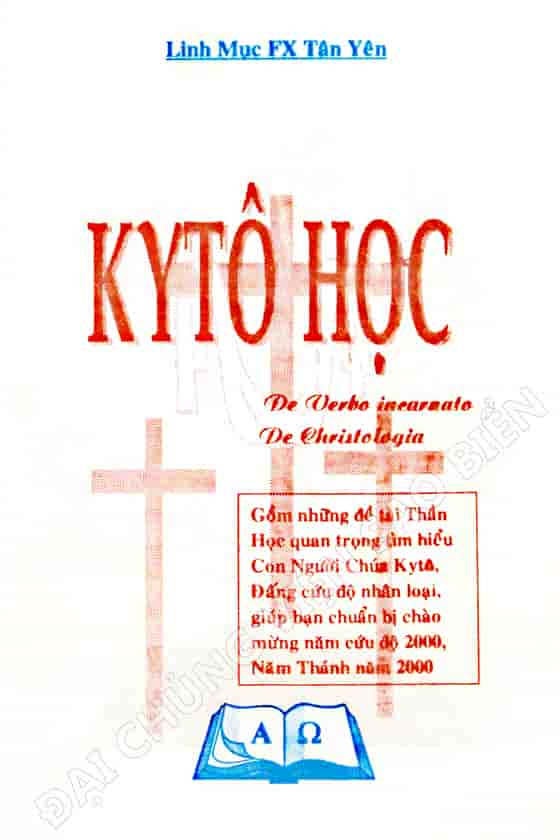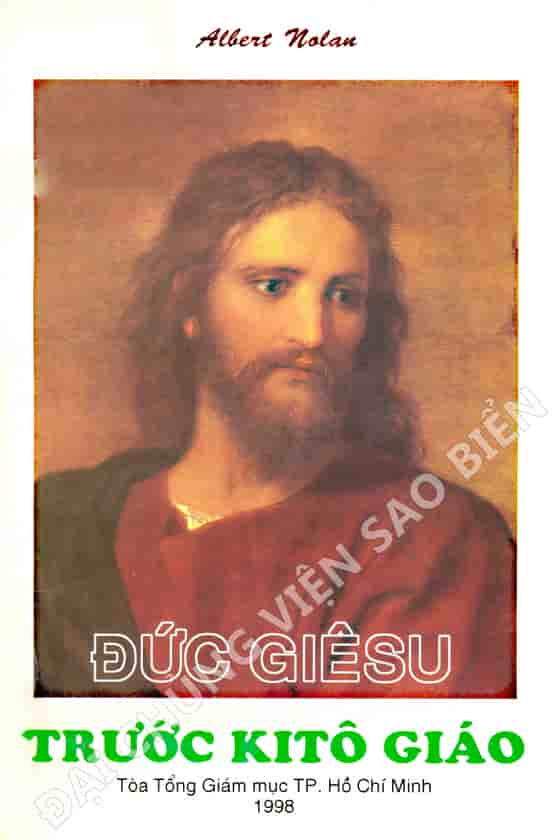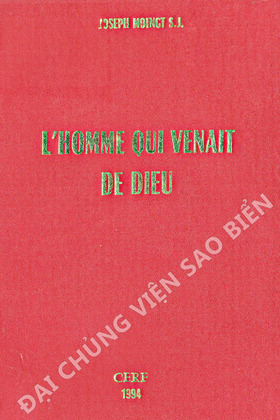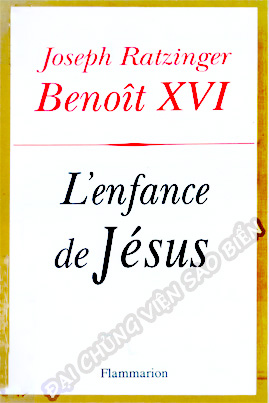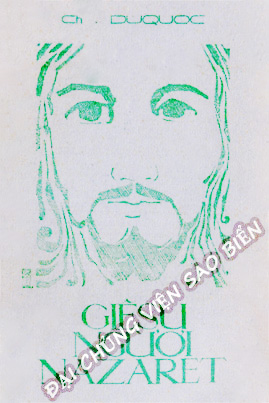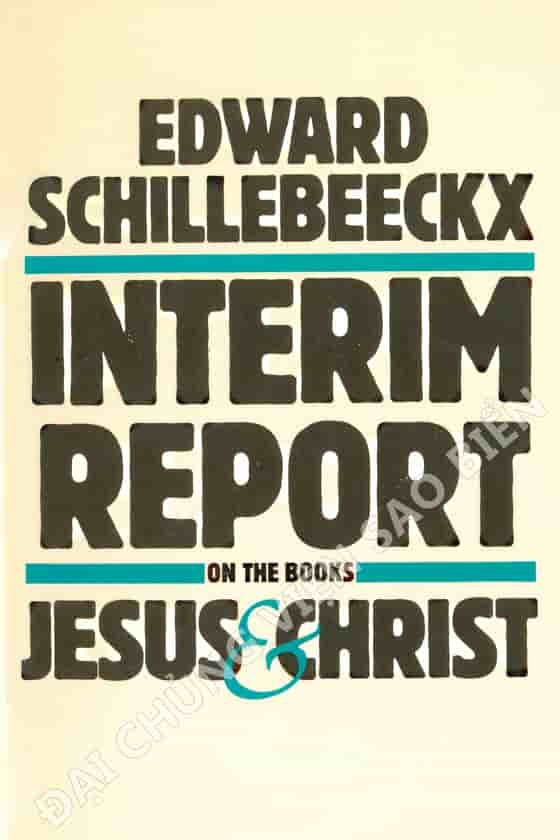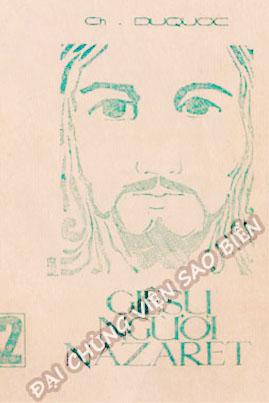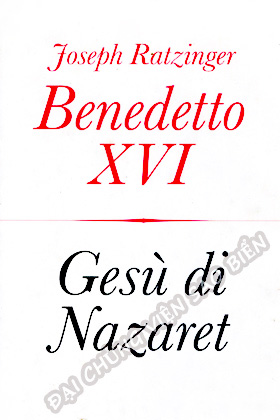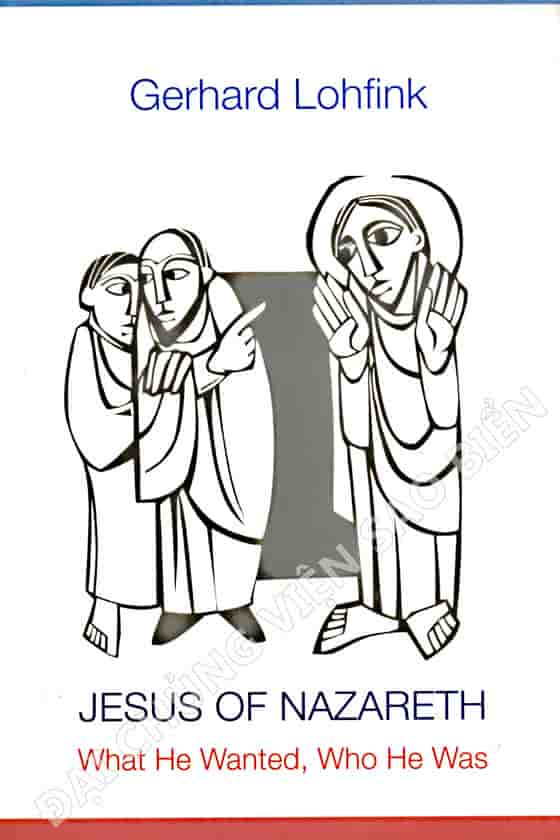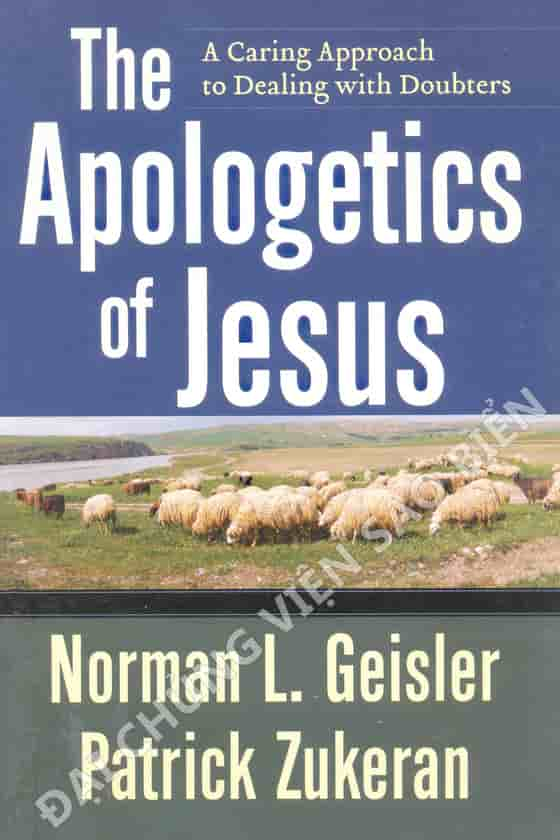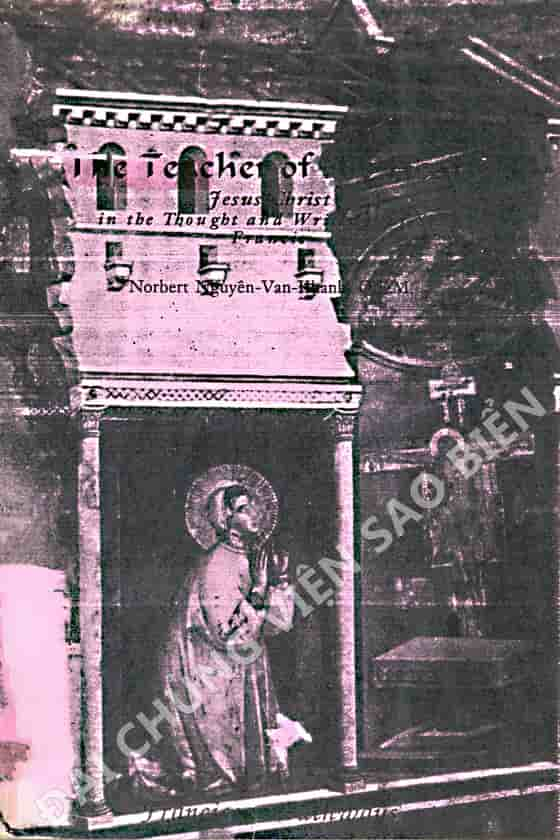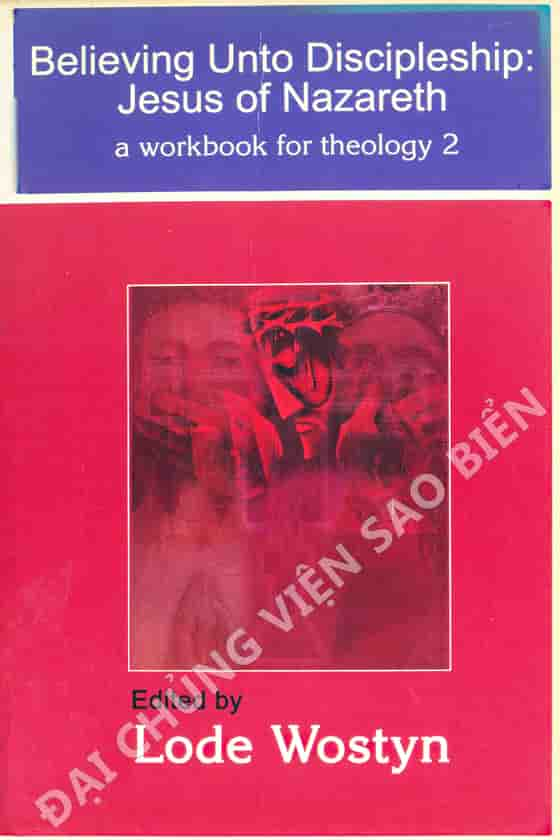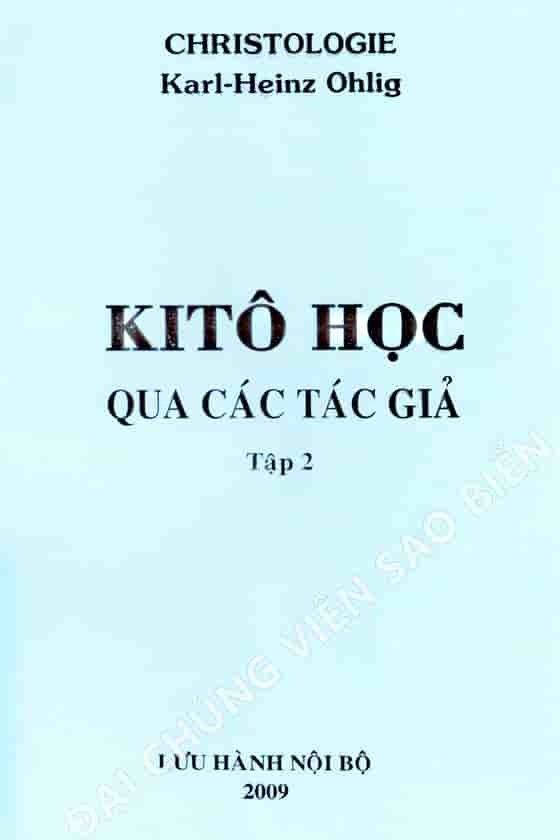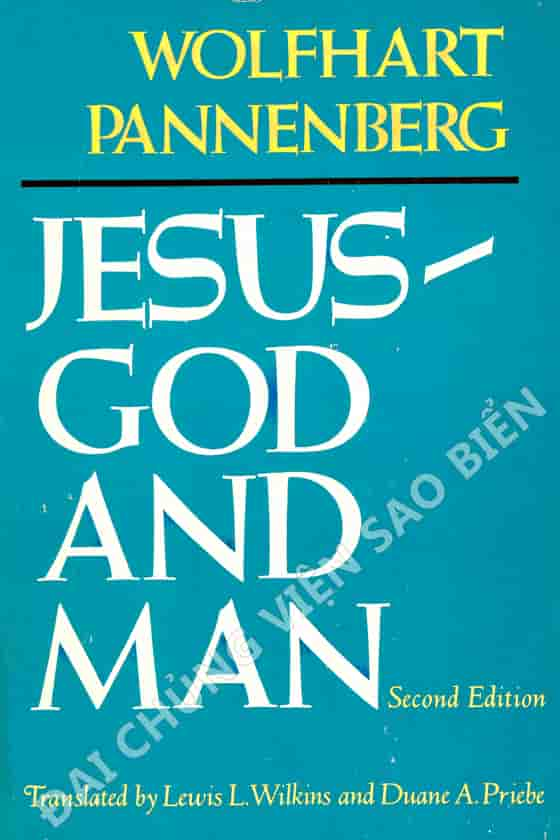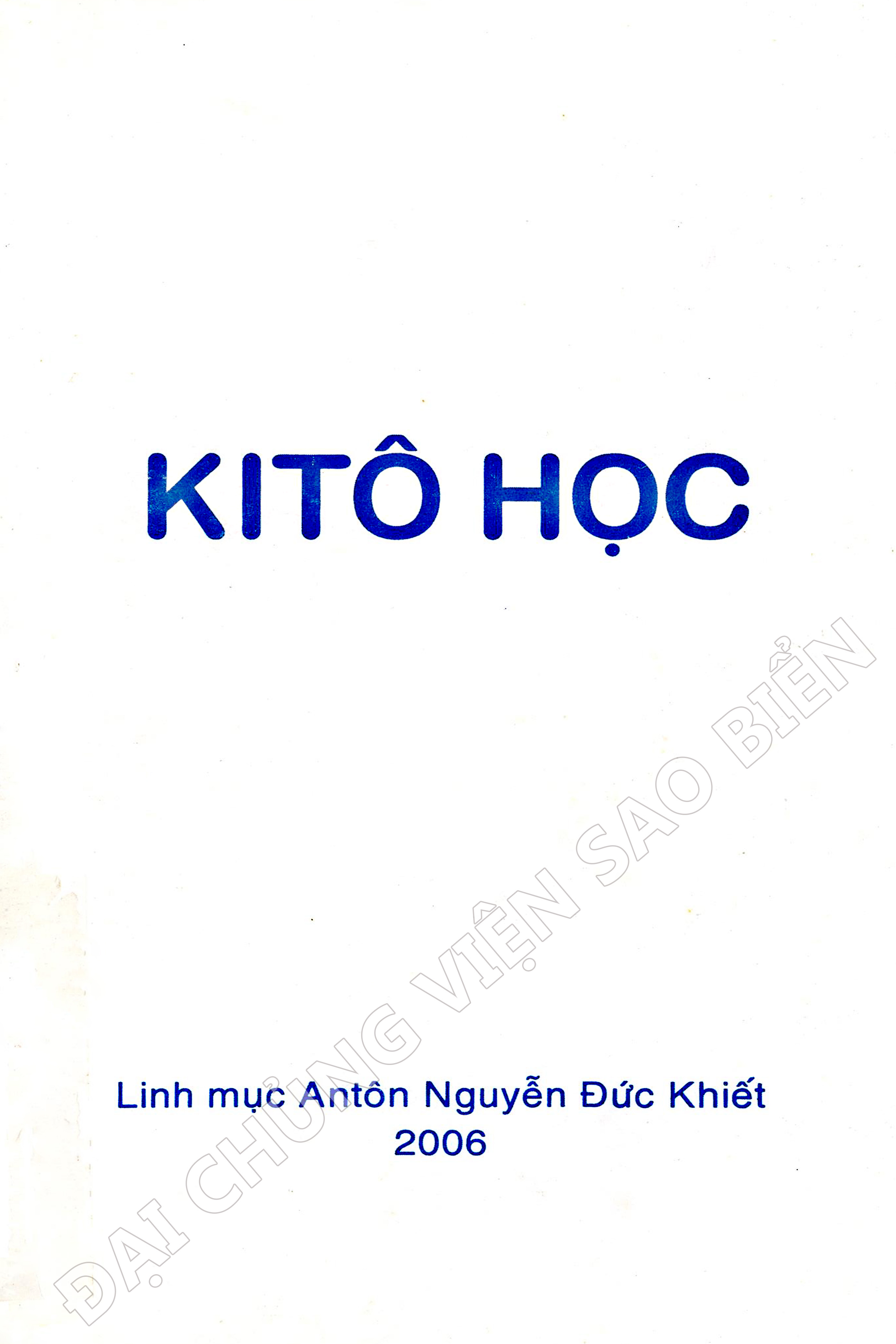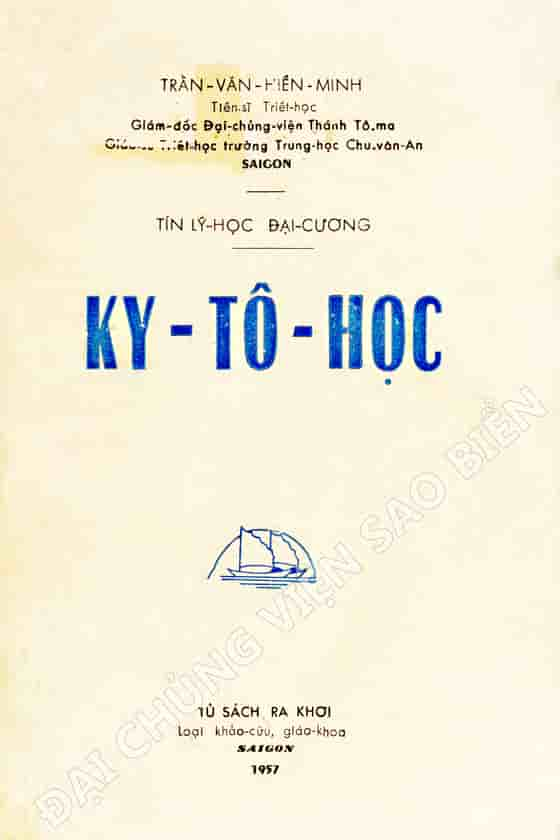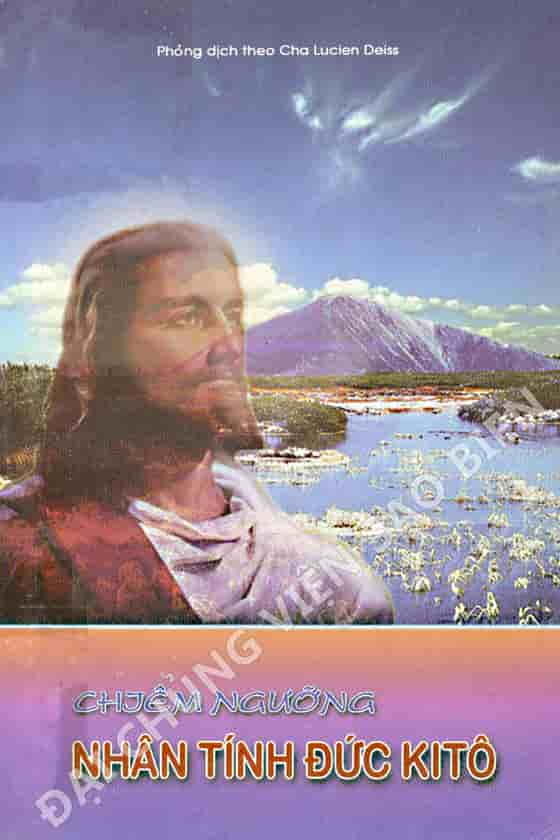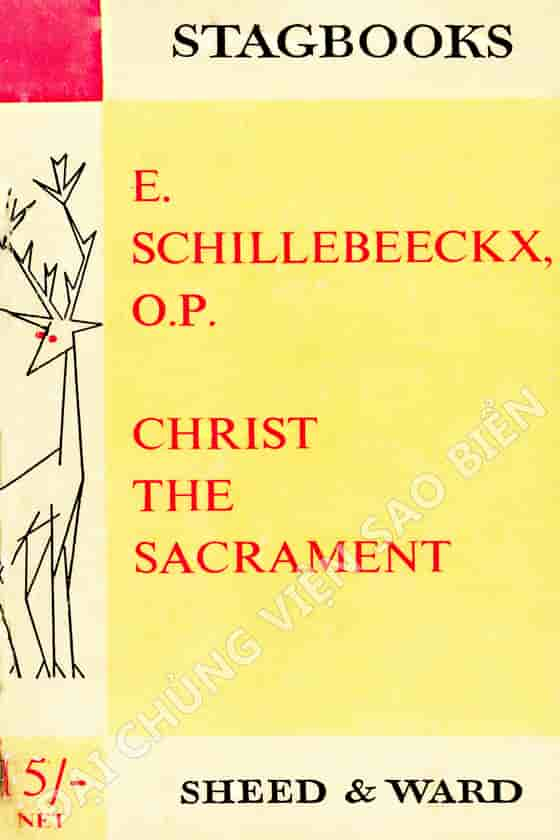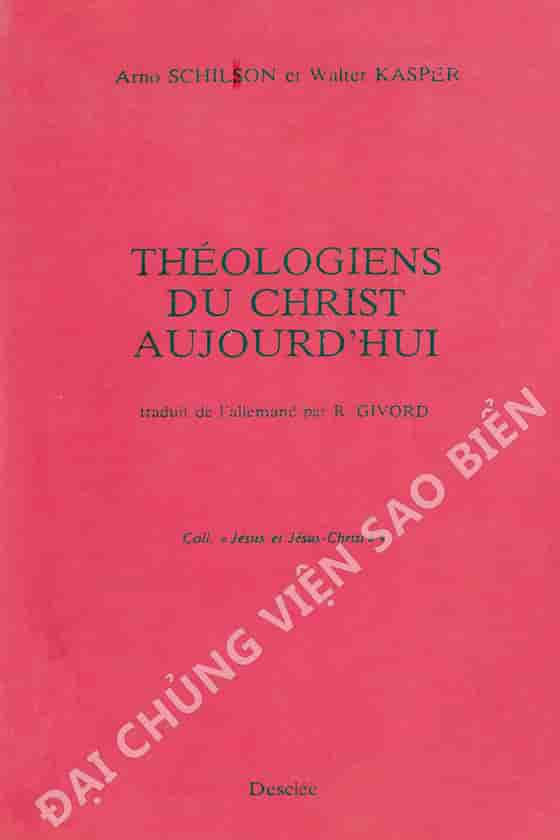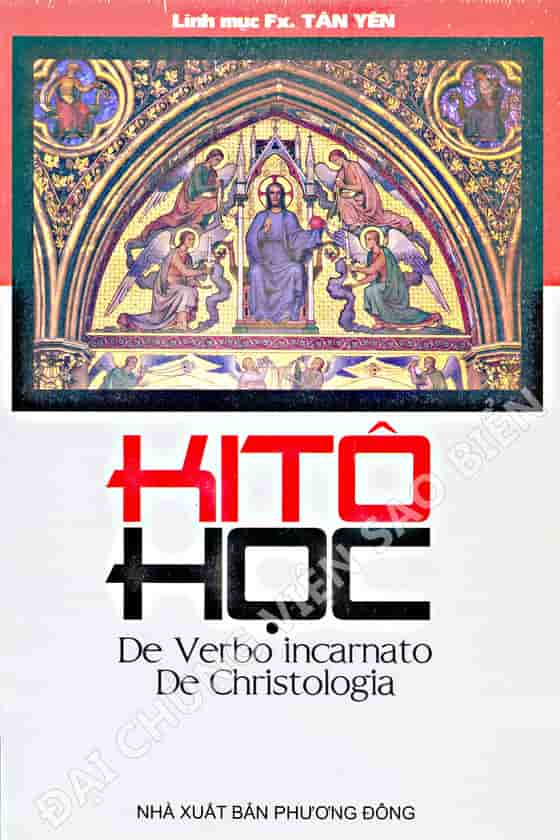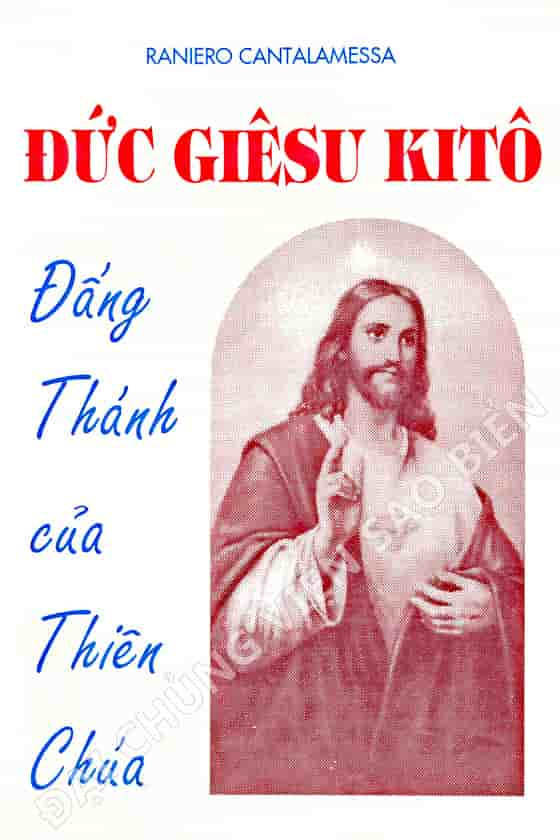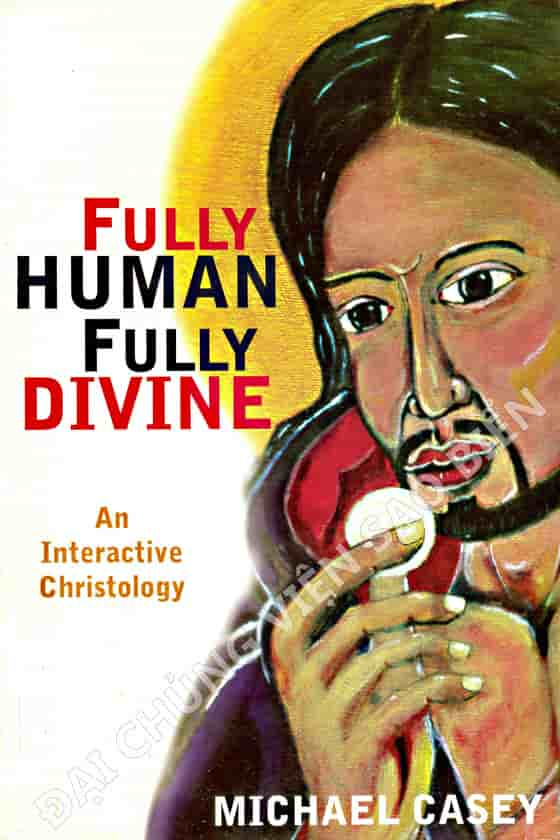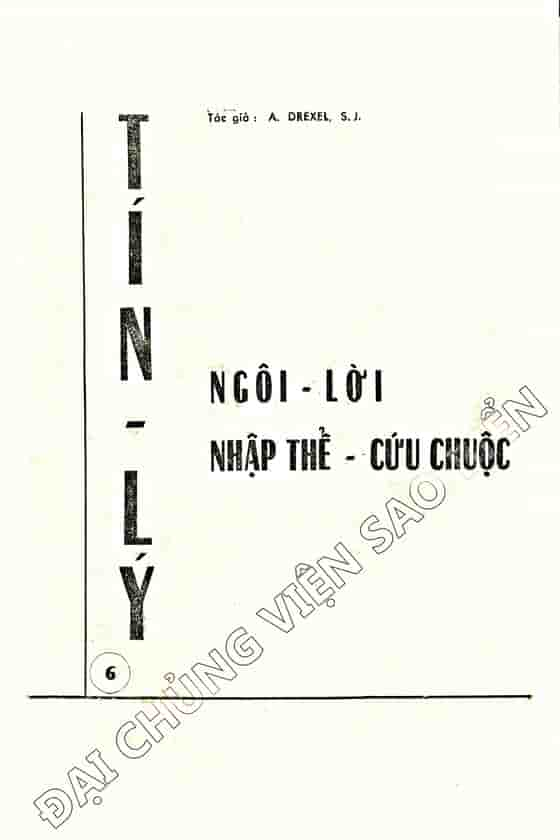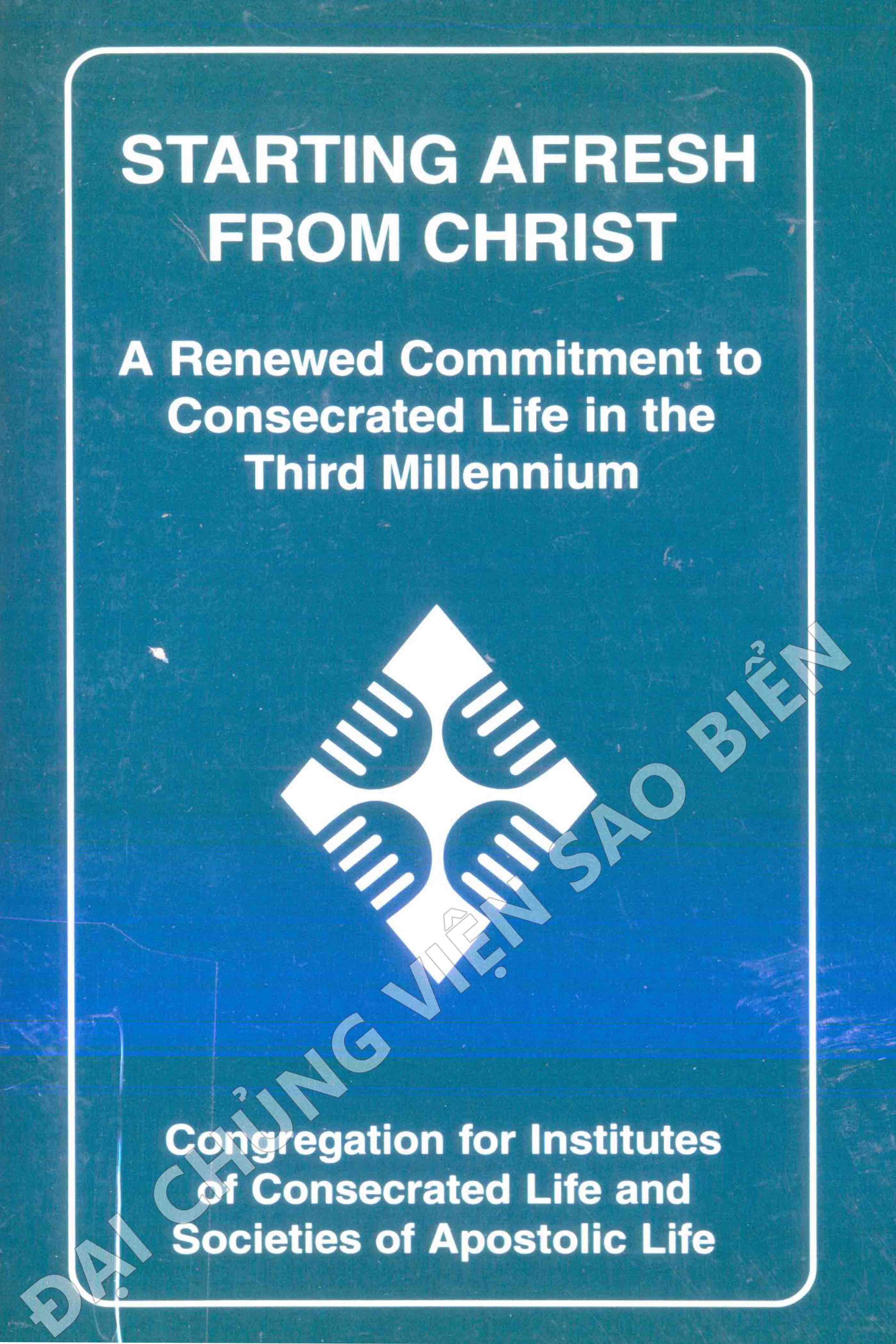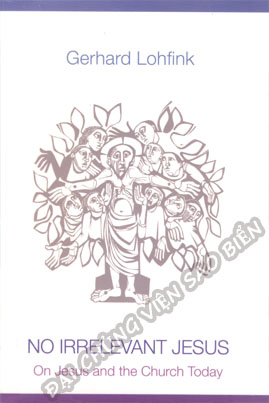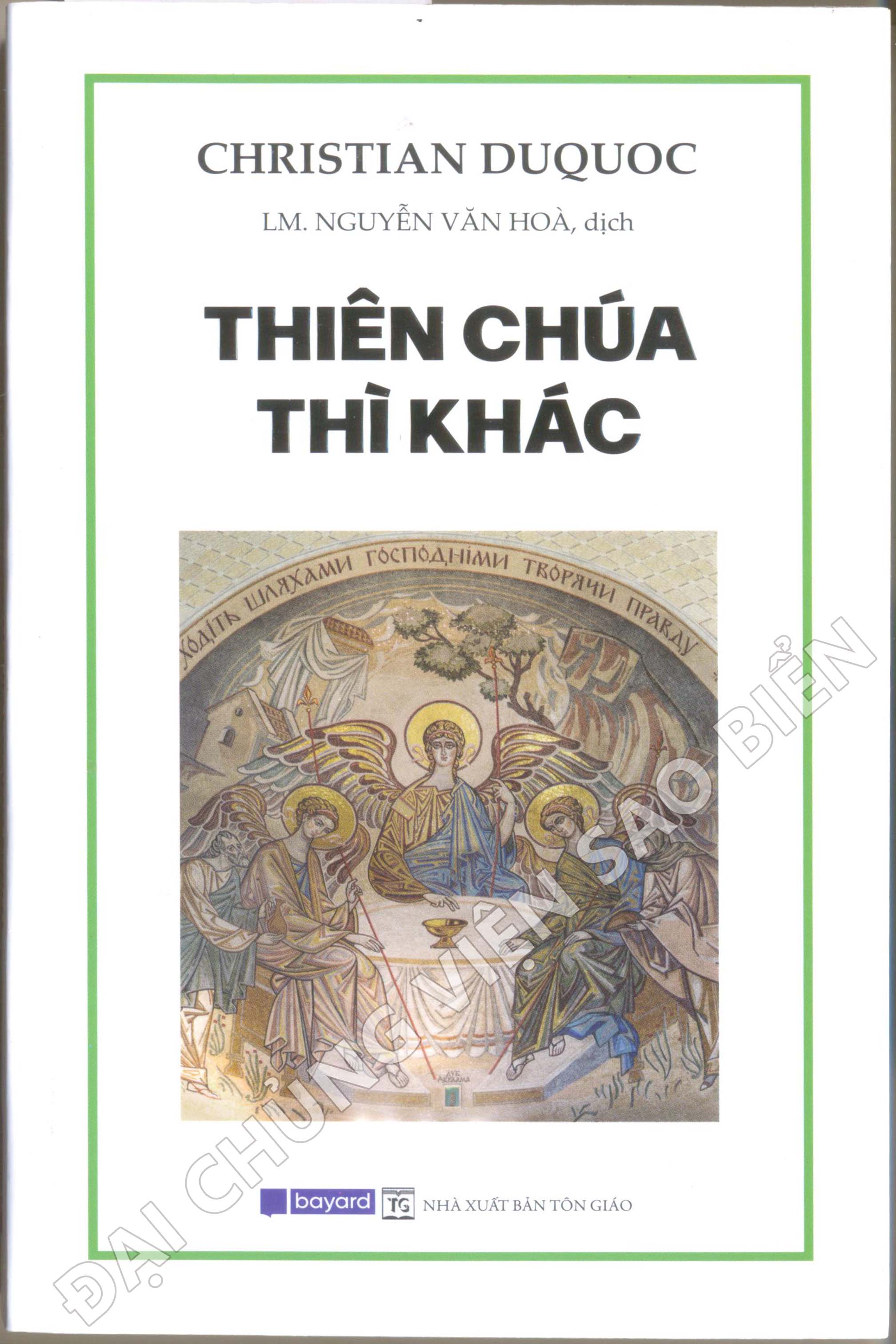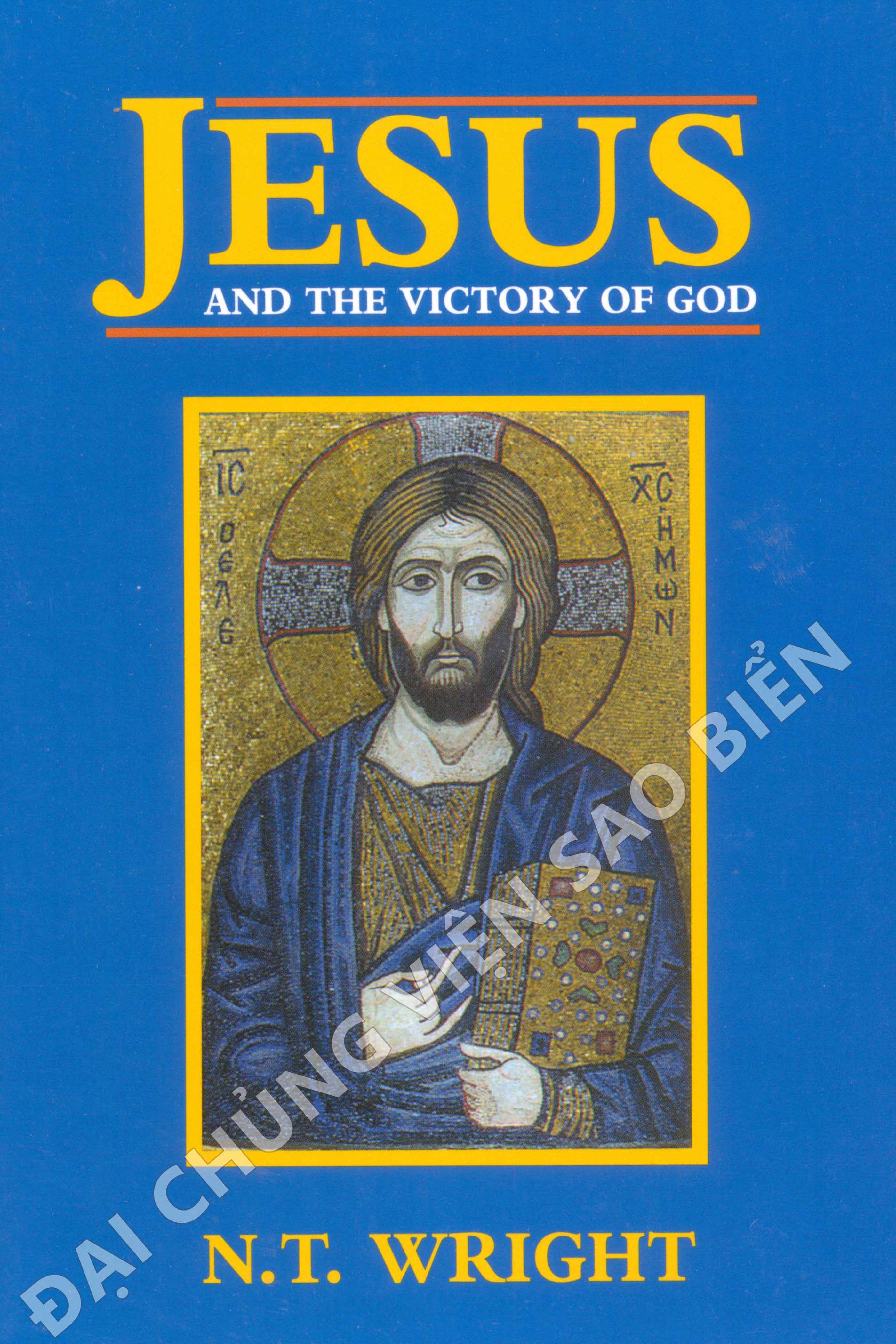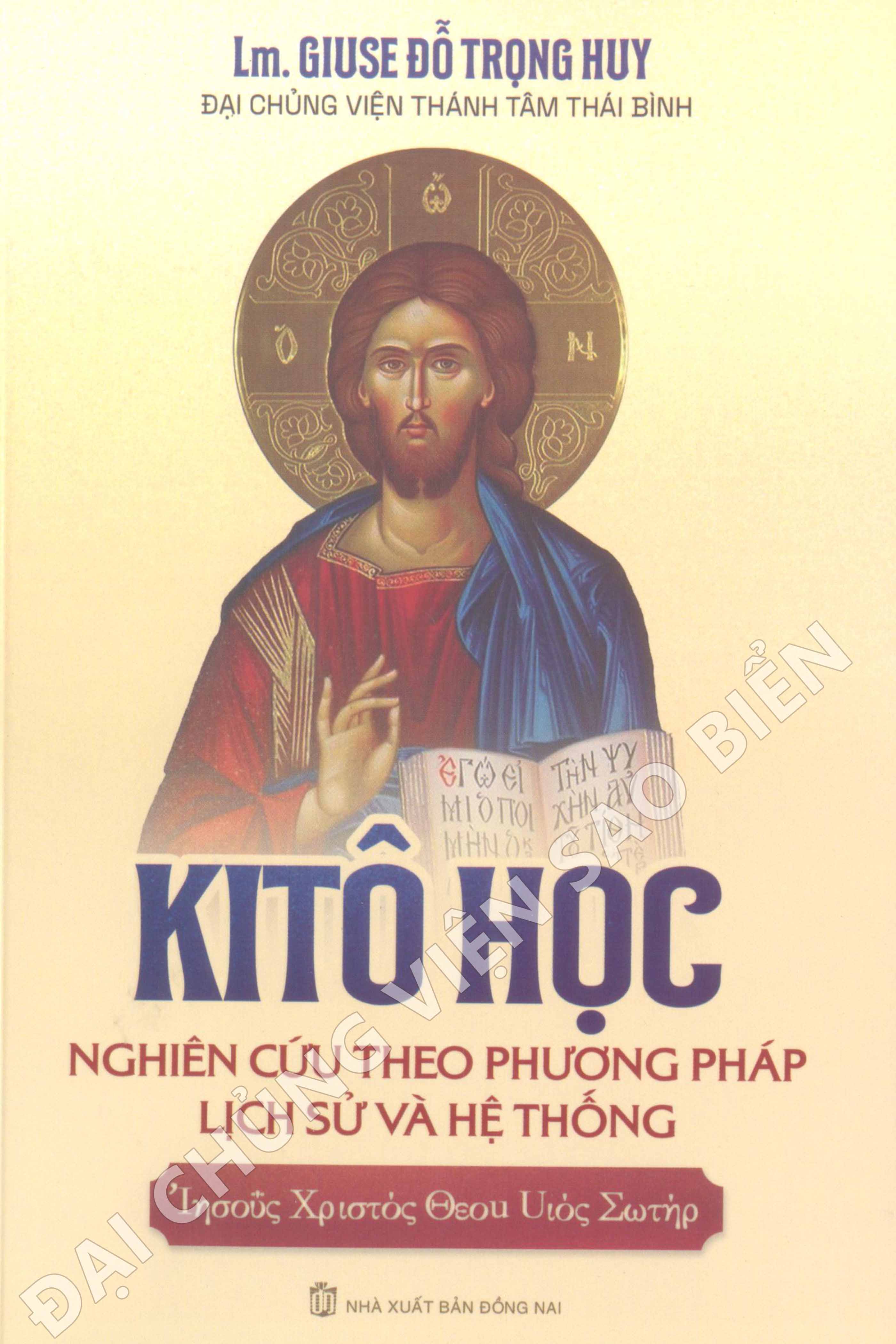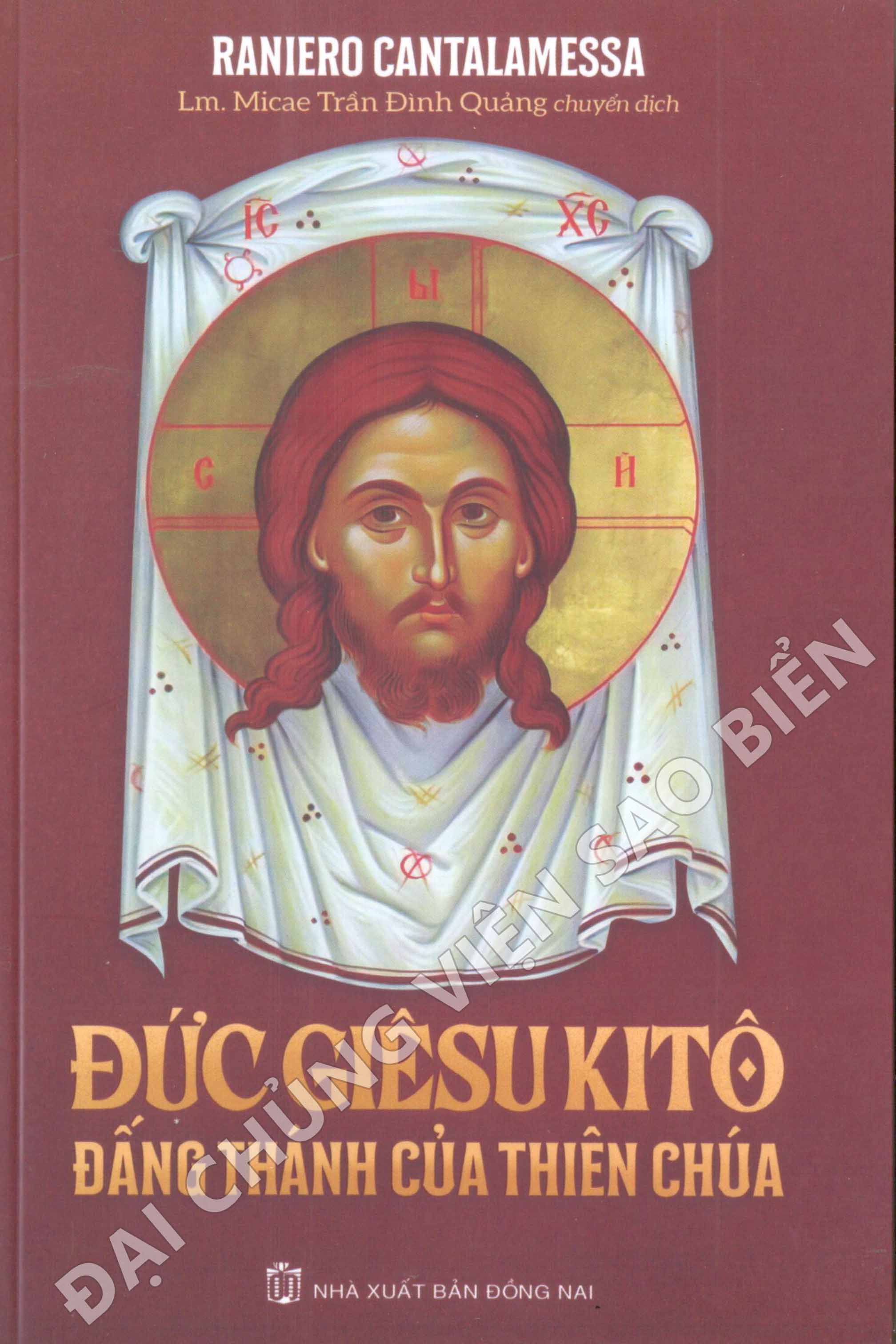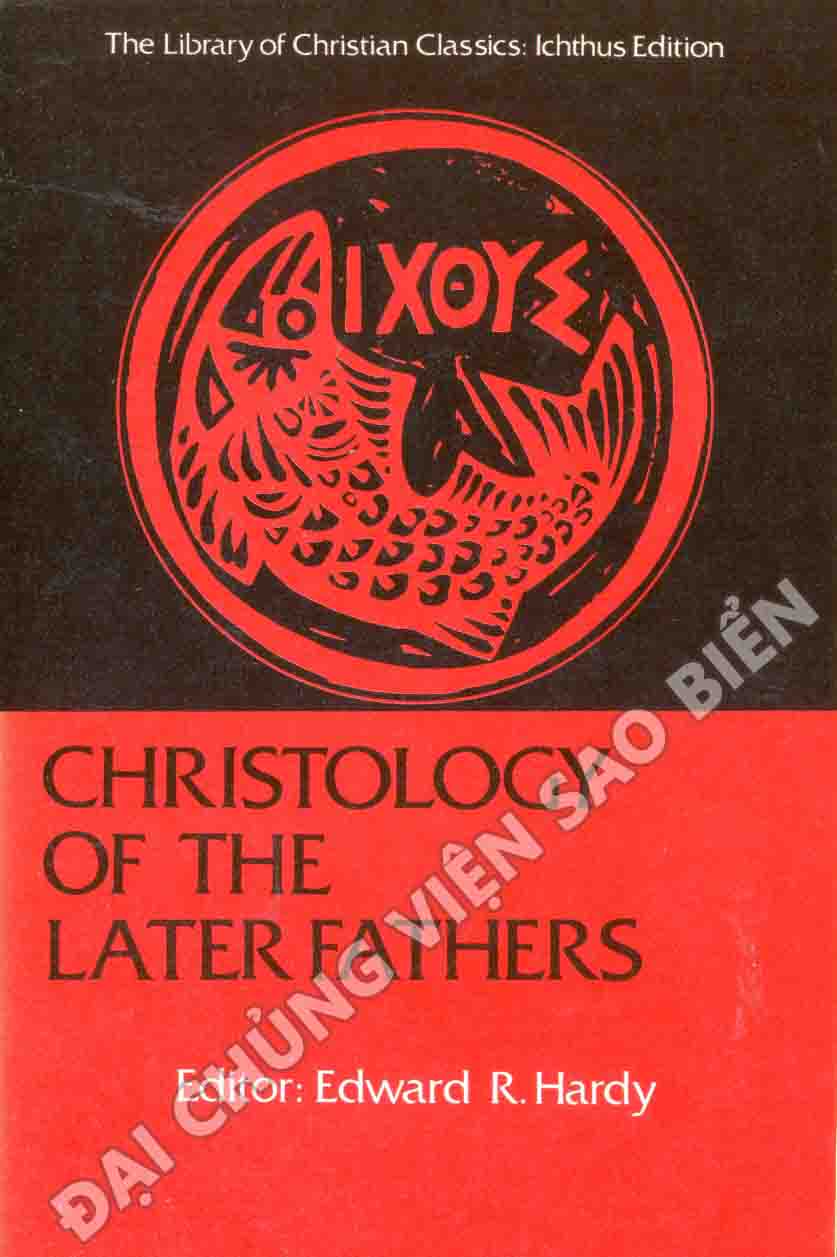| JESUS AN EXPERIMENT IN CHRISTOLOGY |
|
| Why this boook has been written |
17 |
| I. The story of a crippled man |
17 |
| II. The situation in outline |
19 |
| II. A challenge |
33 |
| IV. A note on exegesis and theology |
36 |
| Part one: questions of method, hermeneutics and criteria |
41 |
| section one: Jesus of Nazereth, norm and criterrion of any interpretation of Jesus |
43 |
| chapter 1: Historically grounded access of the believer to Jesus of Nazareth |
43 |
| 1. The structure of the offer of salvation and christian response |
44 |
| a. the human person, focus of manifold relationships |
48 |
| b. revelation and lecrouable disponible |
52 |
| c. the constant unitive factor |
57 |
| d. the tension between Jesus and the New Testament |
62 |
| 2. Jesus of Nazareth, acclaimed as the Christ, object of historicocritical enquiry |
64 |
| a. Diverse images of Jesus and Jesus the object of historial enquiry |
65 |
| b. Old and new, the critical approach |
67 |
| c. Modern historiography and Jesus of Nazareth |
71 |
| d. Theological significance of the historial quest for Jesus |
77 |
| chapter 2: The need is renewed for a postcritical, narrative history |
61 |
| section two: Criteria for a critical identification of the historical Jesus |
81 |
| 1. Background against which the historical criteria must be viewed: matrix of the several criteria |
81 |
| 2. Why then search for criteria relevant to the sifting process? |
85 |
| 3. The catolaguing of valid, positive criteria |
88 |
| a. The editing process a criterion of historicity traditons incorporated willy nilly |
91 |
| b. The criterion of form criticism the principle of dual irreducibility |
92 |
| c. Tradition as a historical criterion the principle of the cross section |
95 |
| d.Consistency of content as a criterion |
96 |
| e. Consistency of content as a criterion |
97 |
| e. The criterion of the rejection of Jesus'massage and praxis his exucution |
98 |
| 4. Frequently employed but invalid criteria |
100 |
| 5. note on the Q hypothesis |
103 |
| section three instification for the structure of this book, as according with the method, hermeneutics and criteriology discussed |
105 |
| part two the gospel of Jesus Christ |
107 |
| by way of introduction euaggelion or good news |
115 |
| section one what Jesus proclaimed and how he lived |
115 |
| chapter I Jesus'message of salvation on its way from God |
116 |
| 1.Prophetic and apocalyptic penitential movements in israel |
126 |
| 2.the message and activity of John the baptist |
136 |
| 3.Jesus'first prophetic act his baptism by john |
140 |
| 4.the basic impulse behind the message and preaching of Jesus |
140 |
| a.god'rule ditected at mankind the kingdom of god |
154 |
| b.the praxis of the kingdom of god. Jesus'parables |
172 |
| c.eschatological revolution Jesus'beatitudes |
179 |
| chapter 2:Jesus'manner of life |
179 |
| 1. Jesus'caring and abiding presence among people experienced as salvation coming from god |
179 |
| introduction |
179 |
| a.the beneficent reality of god lordship made present in Jesus'mighty acts |
179 |
| b.Jesus'dealings with people liberate them and make them glad Jesus as companion at table |
180 |
| c.the common life and fellowship with Jesus, prior to easter, of disciples who go after him |
200 |
| 2.man's cause as god's cause the god of Jesus |
218 |
| a.Jesus as man's liberator from a constricting view of god Jesus and the law |
229 |
| b.Jesus'original abba experience source and secret of his being, message and manner of life |
272 |
| section two kingdom of god rejection and death of Jesus |
273 |
| chapter 1 the rejection and death of Jesus |
274 |
| introduction the problem |
274 |
| 1.the death of jesus as interpreted in early christianity |
274 |
| 2. the death of Jesus, viewed in the context of his earthly life |
294 |
| 3.the historical grounds in law for Jesus'execution |
312 |
| chapter 2 Jesus'last prophetic sign his death as being for others to interpret |
318 |
| section three ithe christian story after Jesus'death the kingdom of god takes on the apperarance of Jesus Christ |
320 |
| chapter 1. the disciples scandalized by the arrest the exucution of Jesus |
320 |
| chapter 2 why do you seek the living among the dead? |
329 |
| 1.traditions centred on the Jerusalem siting of the holy supulchre |
329 |
| 2.the offcial apostolic traditon we believe that god raised him from the dead |
346 |
| chapter 3 the easter experience being converted on Jesus'initiative to Jesus as the Christ salvation found conclusively in Jesus |
379 |
| part three Christian interpretation of the crucified and risen one |
399 |
| section one the gospels as general hermeneusis of the risen Jesus |
401 |
| introduction |
401 |
| chapter 1 the early christian movement centred around Jesus divergent reflexes of the one Jesus of Nazareth |
403 |
| 1.taking stock of early chiristian credal trends |
403 |
| 2.primitive christian creeds and their historical foundation in Jesus |
404 |
| conclusion |
437 |
| chapter 2 first idebtufucatuib if the person, a link between the earthly Jesus and the very early christian creeds |
439 |
| the problem presented |
439 |
| 1.ready to hand Jewish models of latter day salvific figures |
441 |
| 2.the Christian first option from among the existing Jewish models or latteerday salvific figures |
472 |
| conclusion |
513 |
| section two direct hermeneusis of the resurrection in the new testament |
516 |
| chapter 1 raised from the dead |
518 |
| 1.late Jewish ideas about life after death |
518 |
| 2.god raised him from the dead |
523 |
| 3. the third day rose again according to the scriptures the resurrection of Jesus as an eschatological conclusive event |
526 |
| chapter 2 resurrection exaltation the sending of the spirit the rarousia |
533 |
| section three from a theology of Jesus to a christology |
545 |
| chapter 1 theology to the power of two |
545 |
| chapter 2 growing reflection within the traditions of the new testament |
550 |
| section four reflection in the early church of the post new testemet period christological dogma |
559 |
| conclusion of part three the problem stated |
570 |
| part four who do we say that he is? |
573 |
| section one the present christological crisis and its presuppositions |
575 |
| introduction |
575 |
| chapter 1 a conjunctural horizon of ideas and nonsynchronous rhythm in the complex tranformation of a culture |
576 |
| chapter 2 the break with tradition since the enlightenment |
583 |
| section two a universal intellective horizon not amenable to theorizing |
595 |
| chapter 1 unique universality of a particular human being in history |
595 |
| 1.the notion of human transcendence |
595 |
| 2.unique universality the universal appeal of what is proper to man |
602 |
| conclusion |
611 |
| chapter 2 the history of human suffering in the search for meaning and liberation |
612 |
| section three Jesus parable of God and paradigm of humanity |
626 |
| chapter 1 god'saving action in history |
626 |
| chapter 2 the christological problem |
636 |
| chapter 3 theoretical christology story and praxis of the kingdom of god |
669 |
| close coda to the story of the crippled man |
673 |
| note |
675 |
| technical information |
737 |
